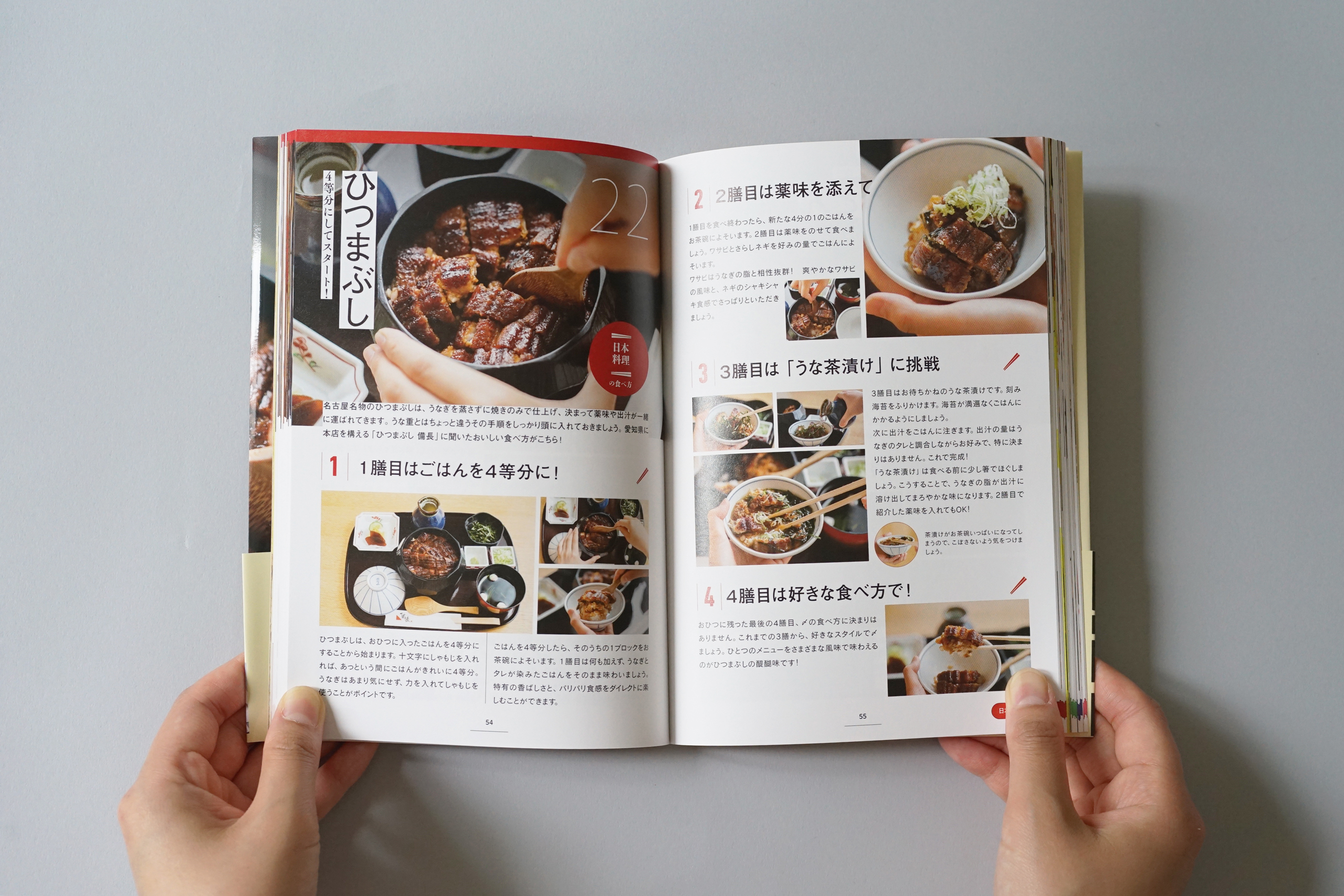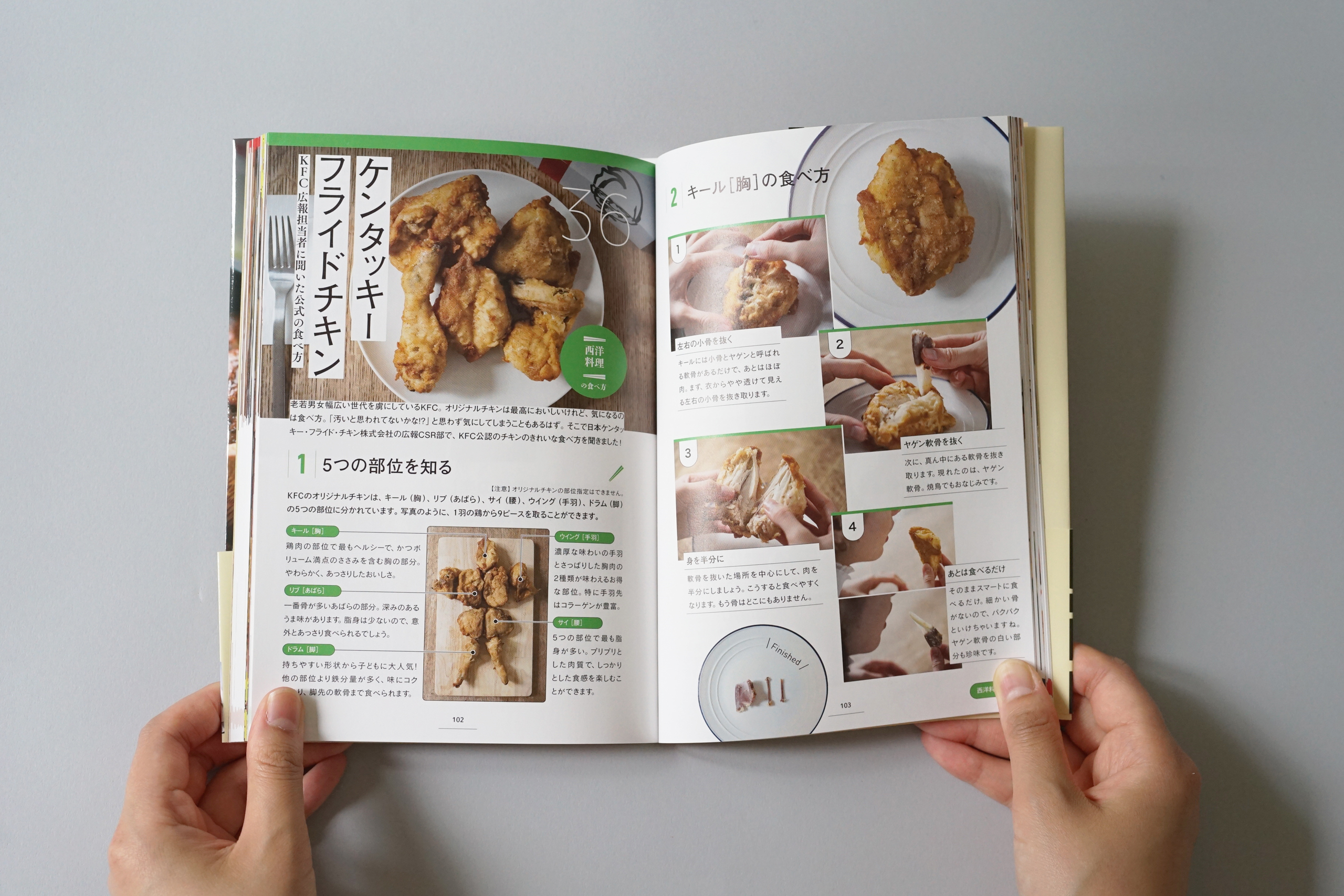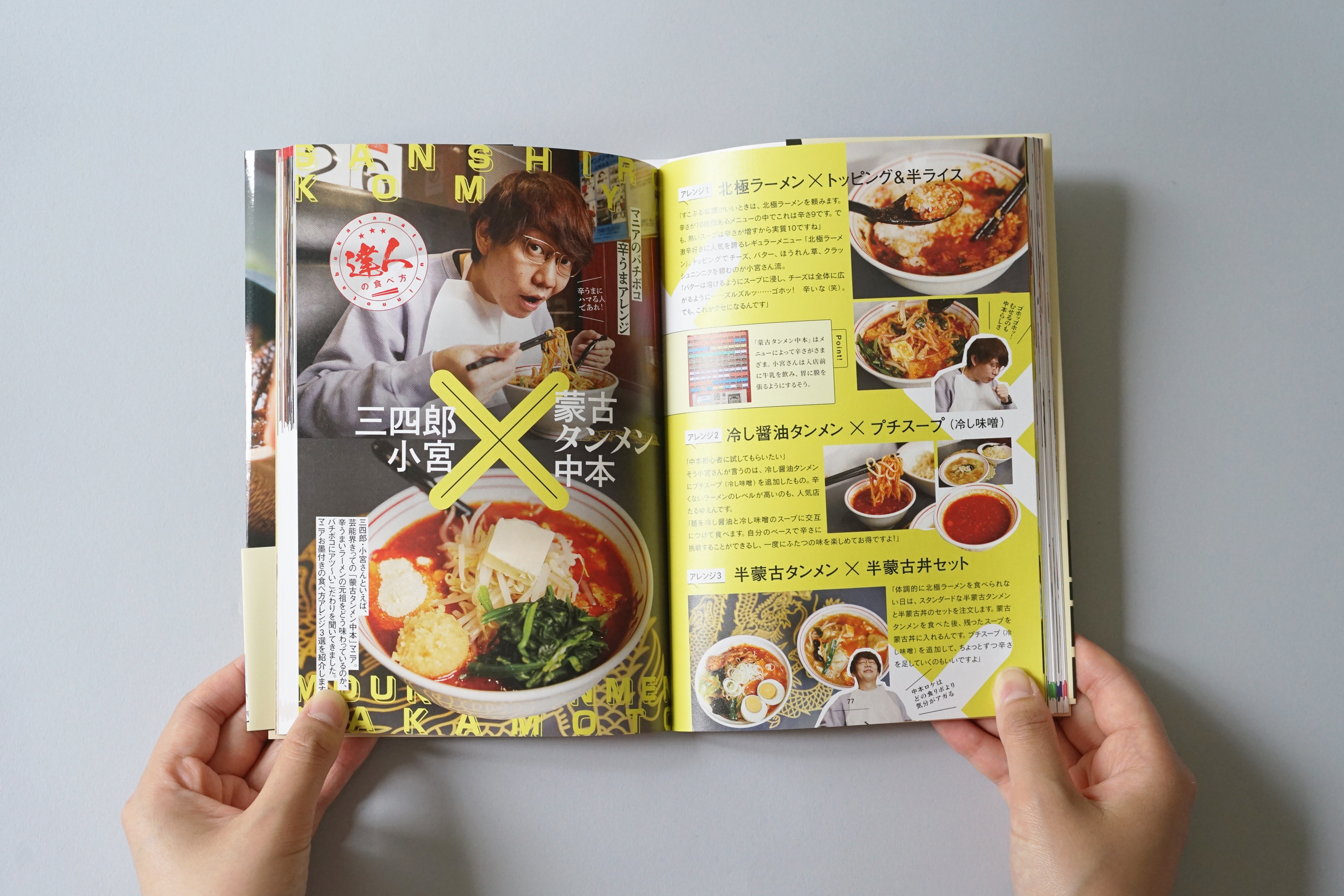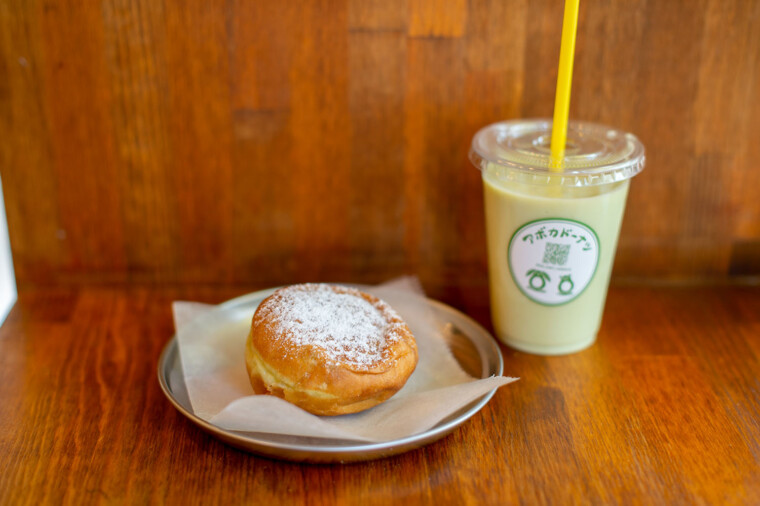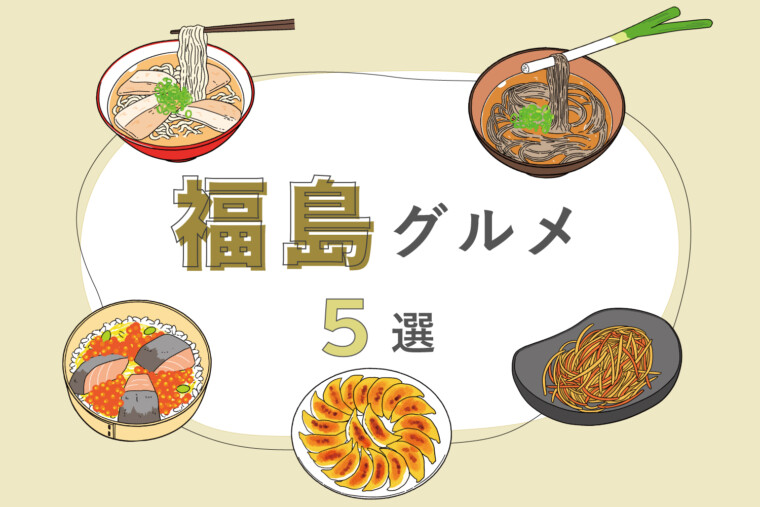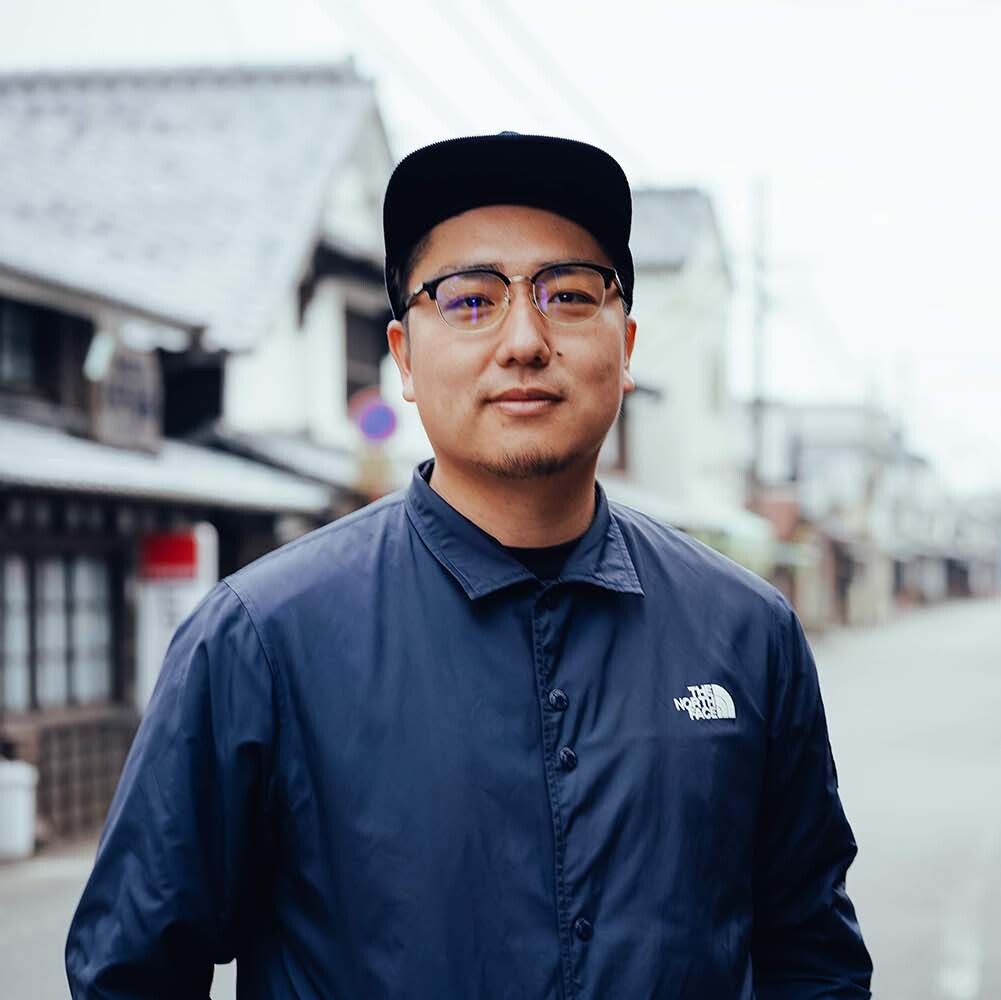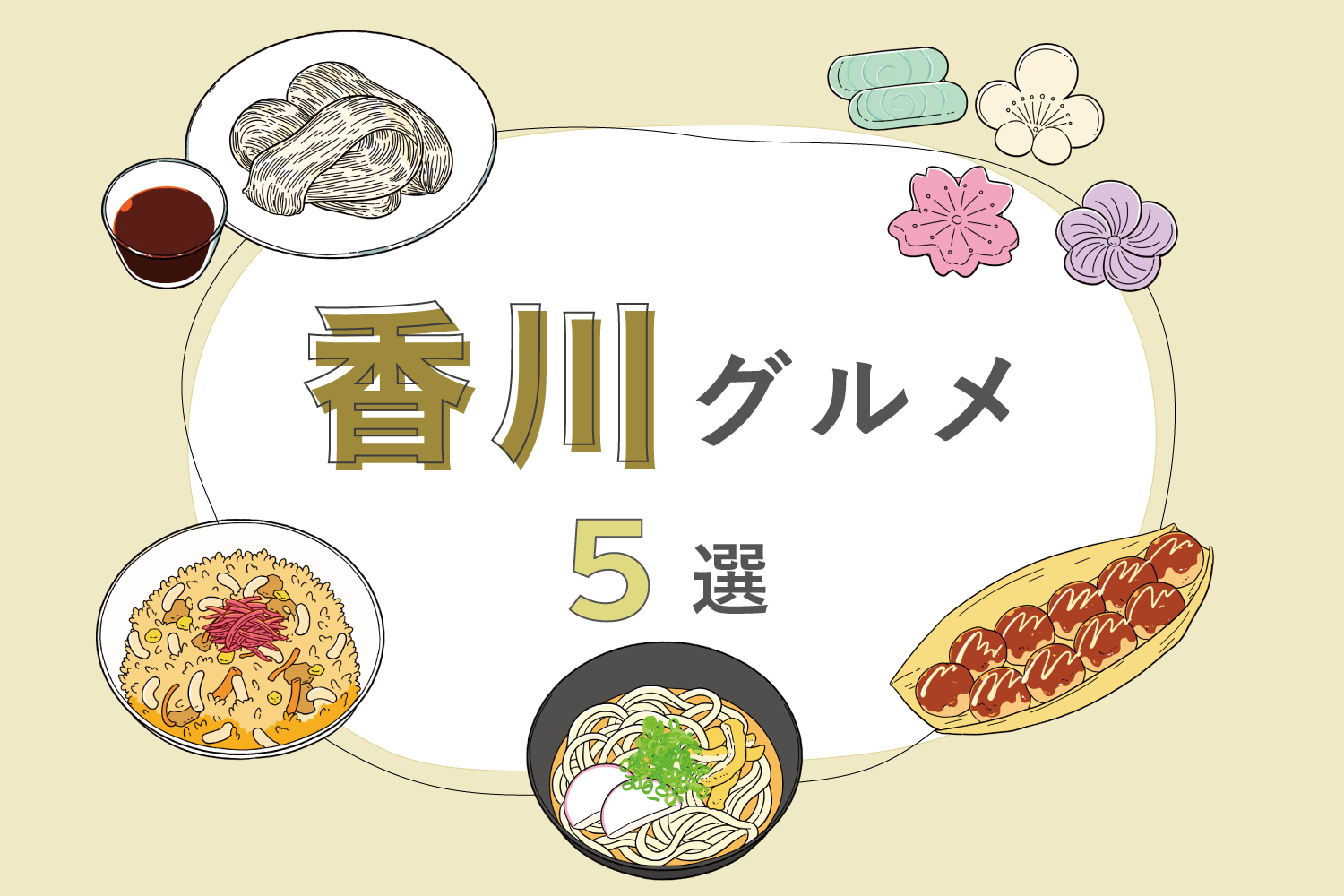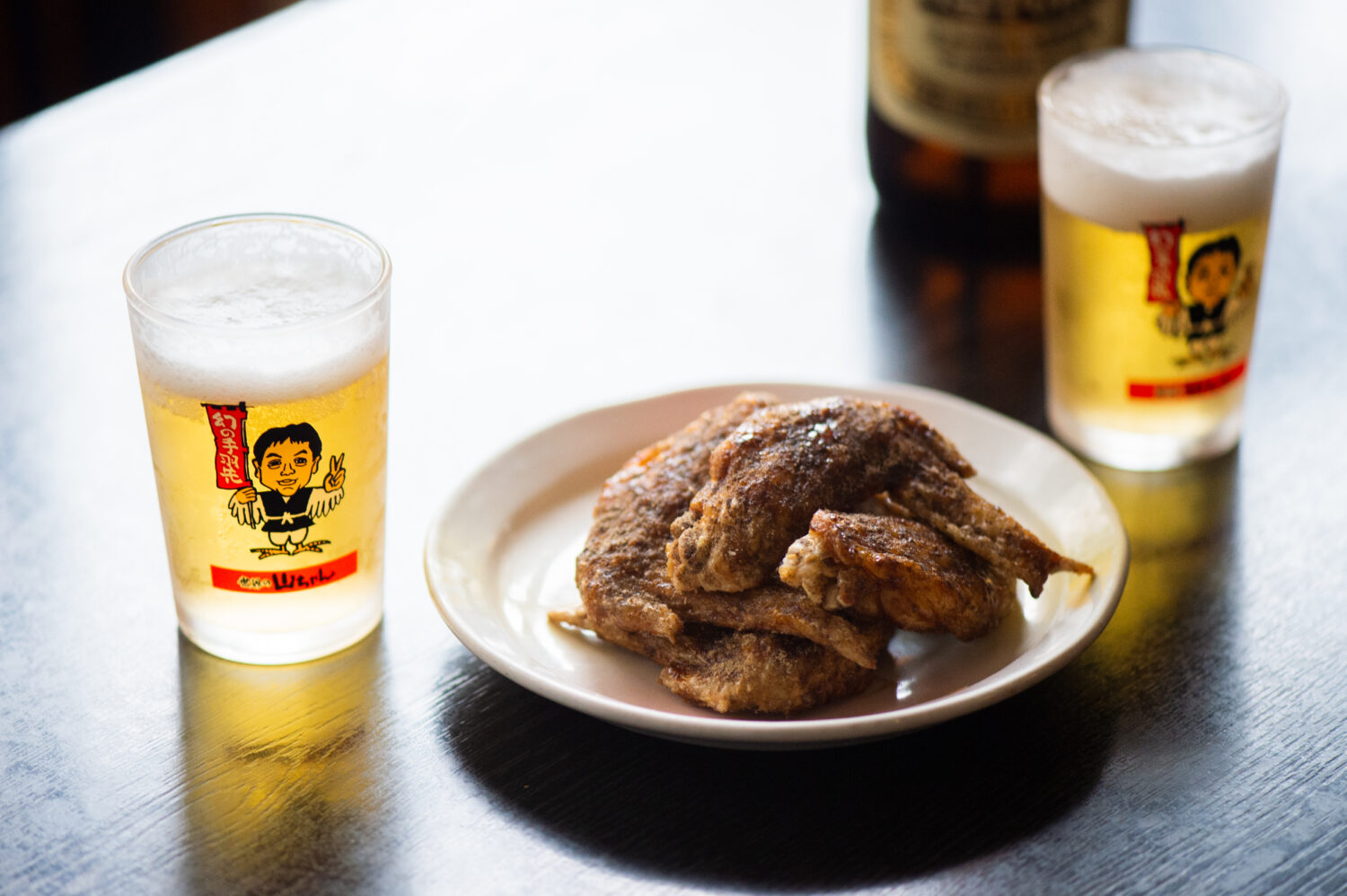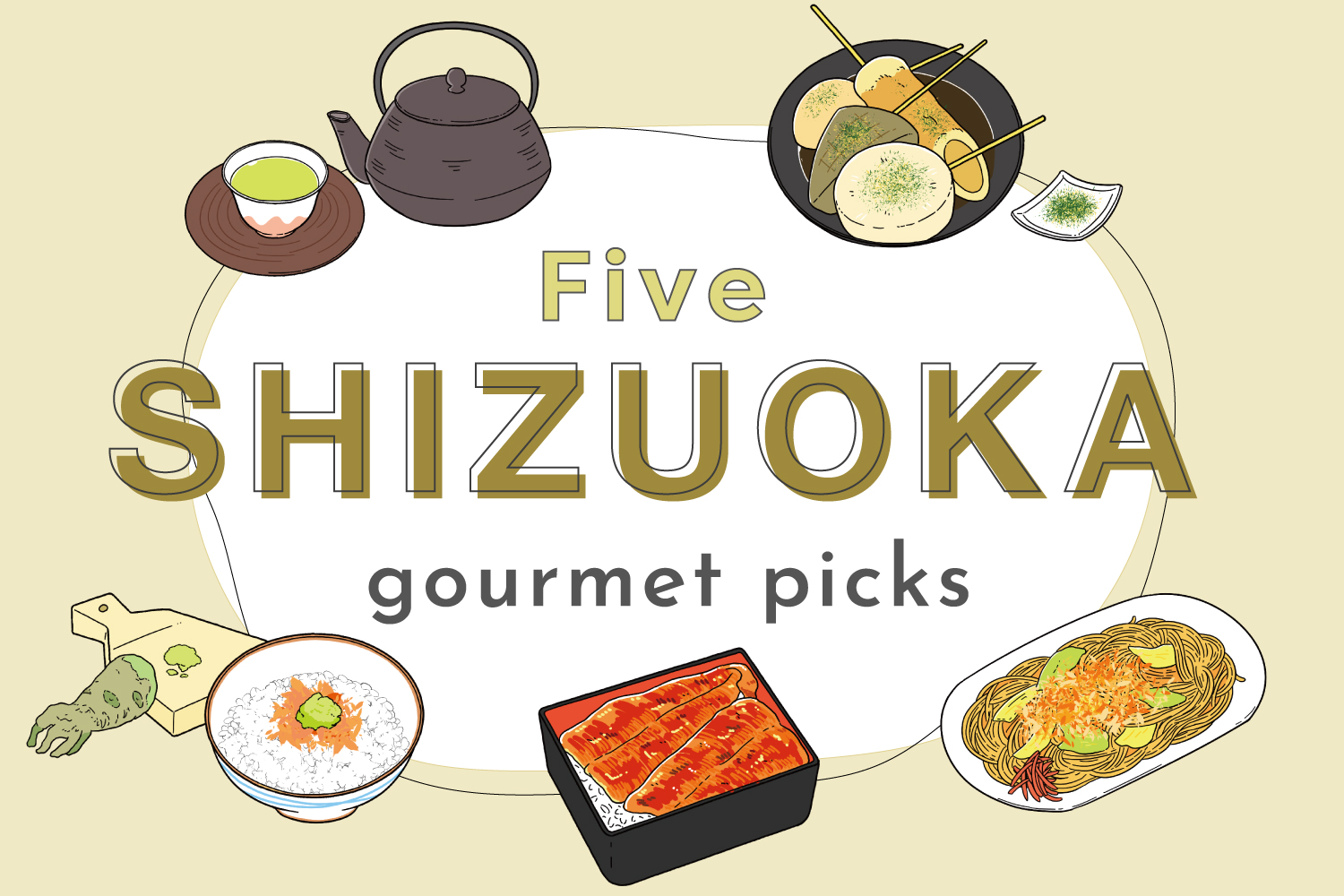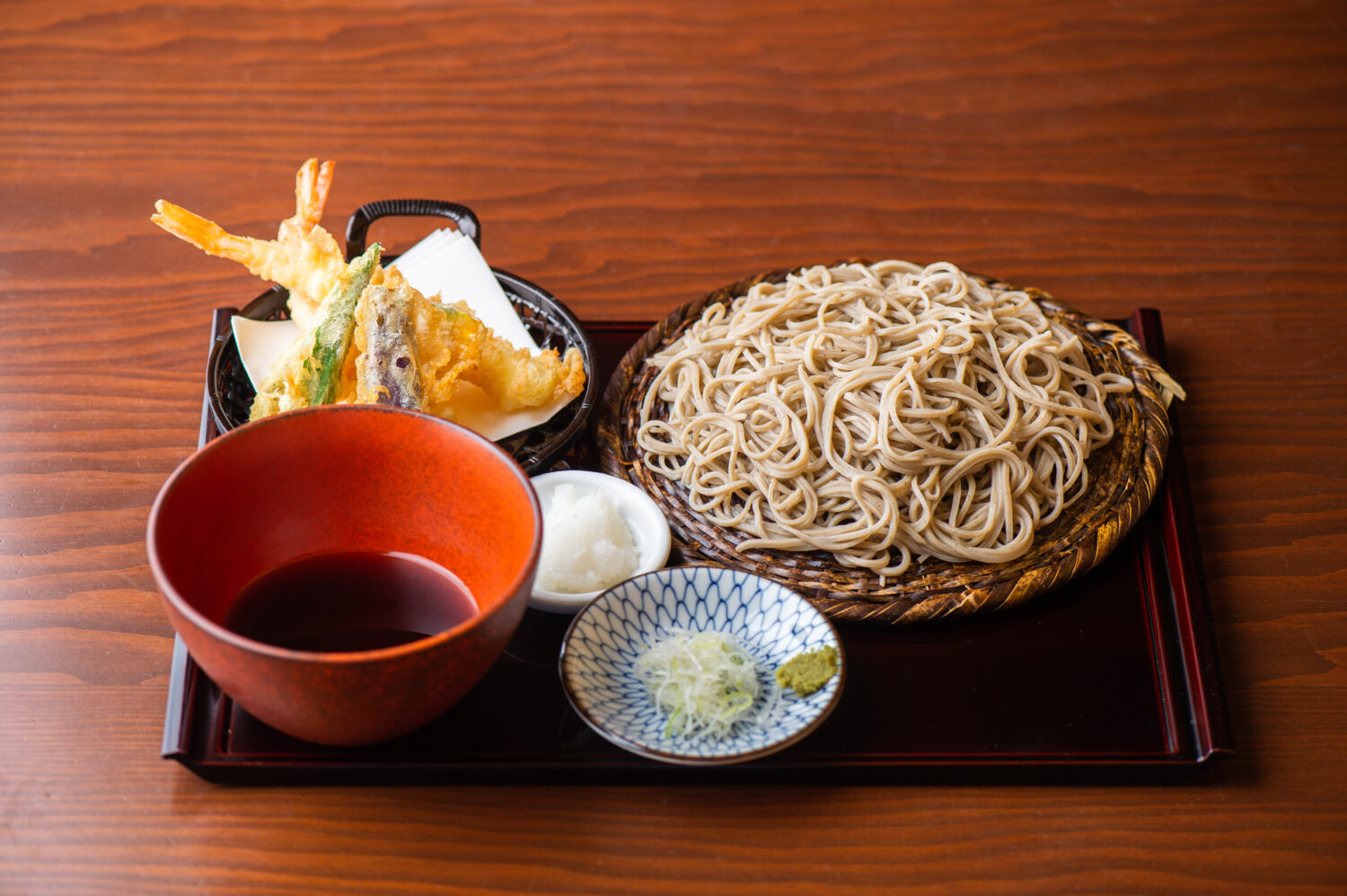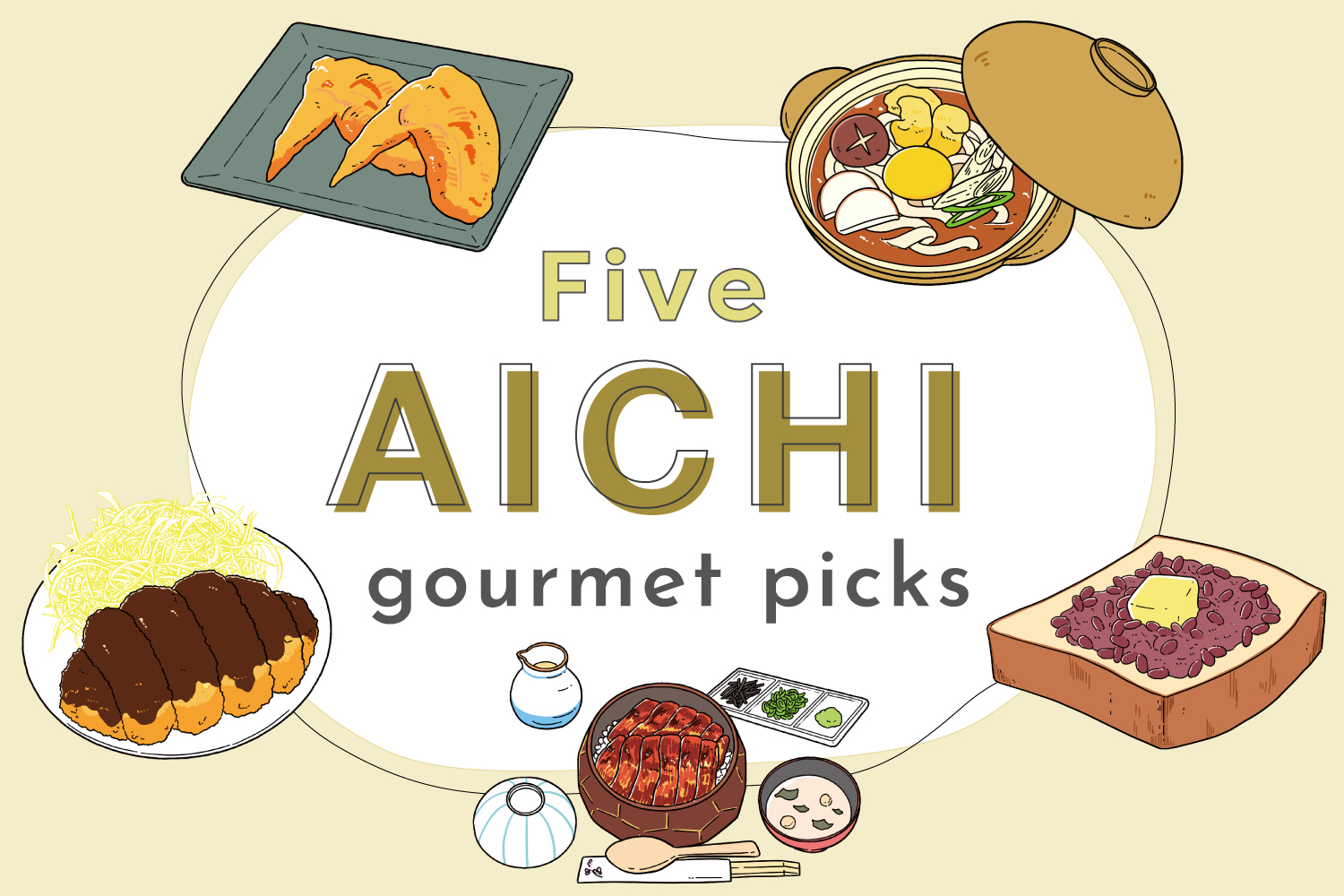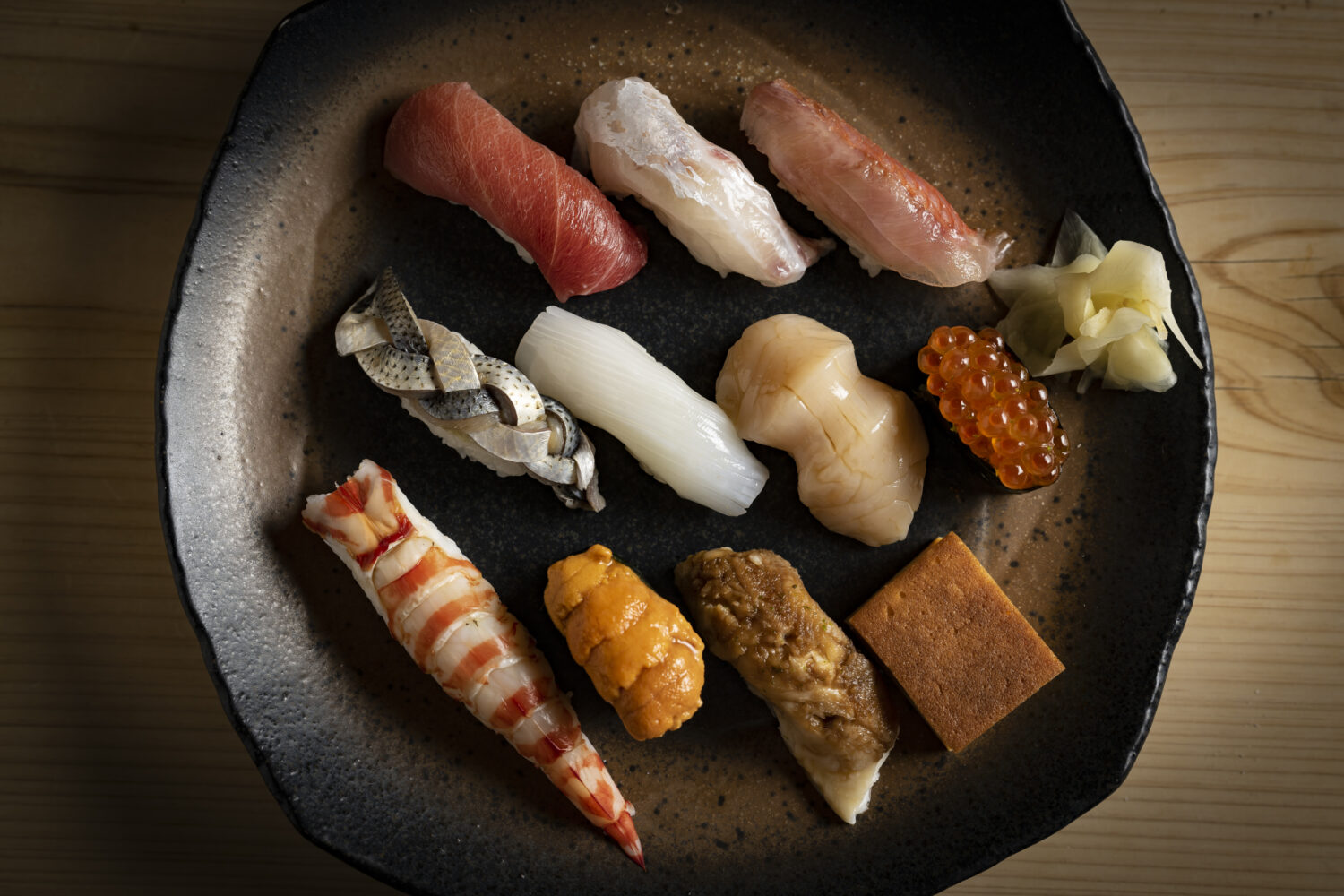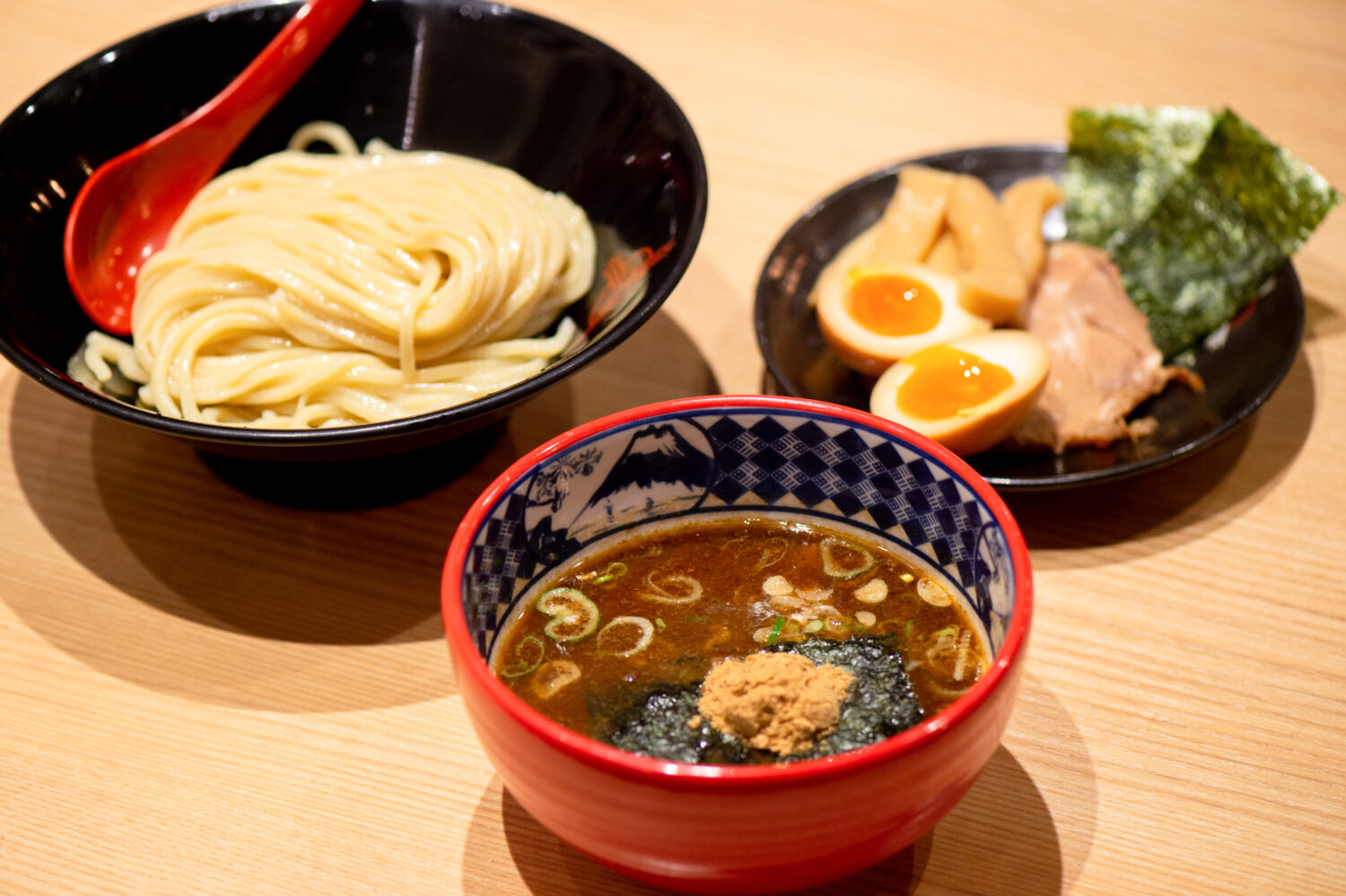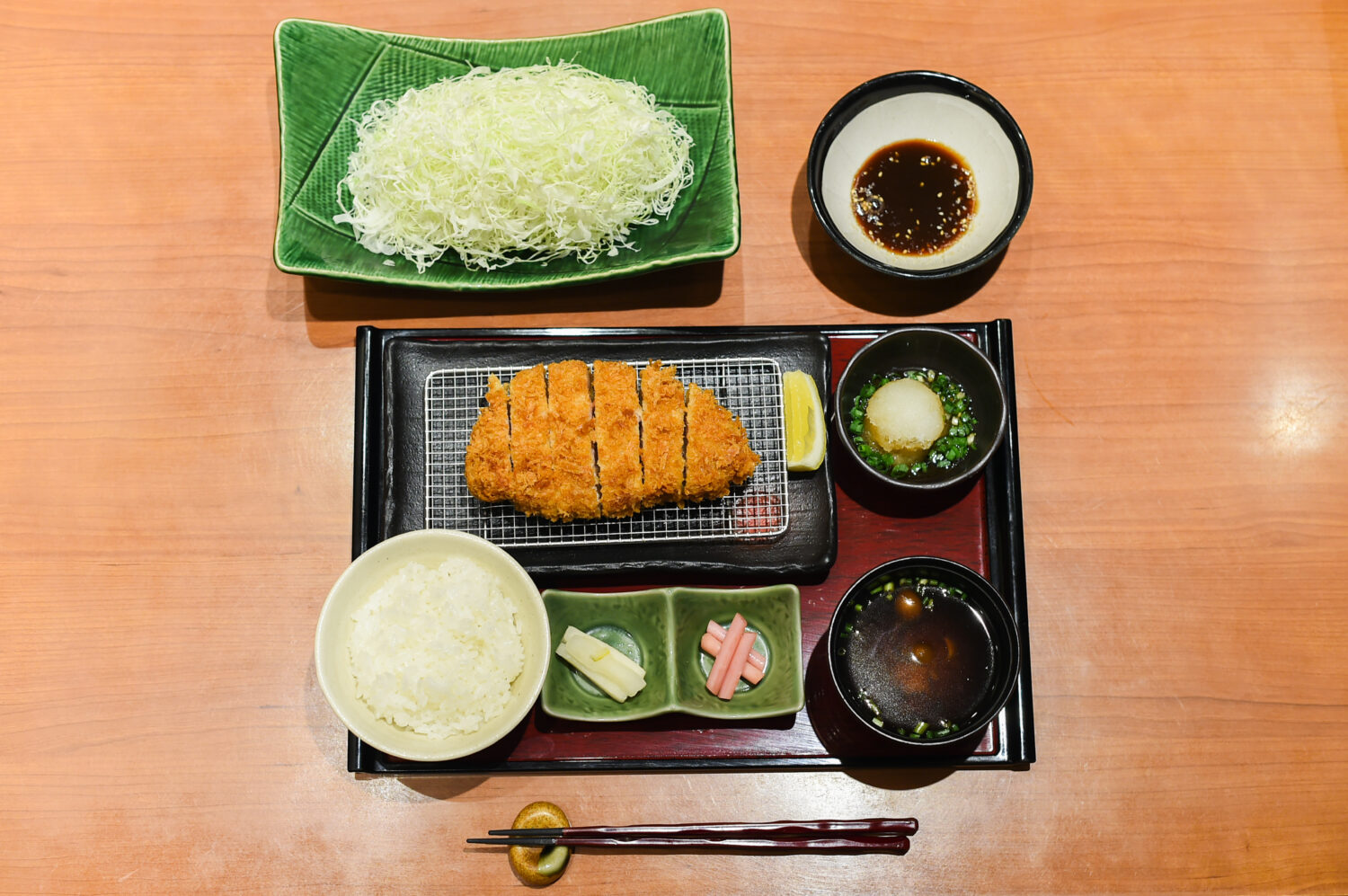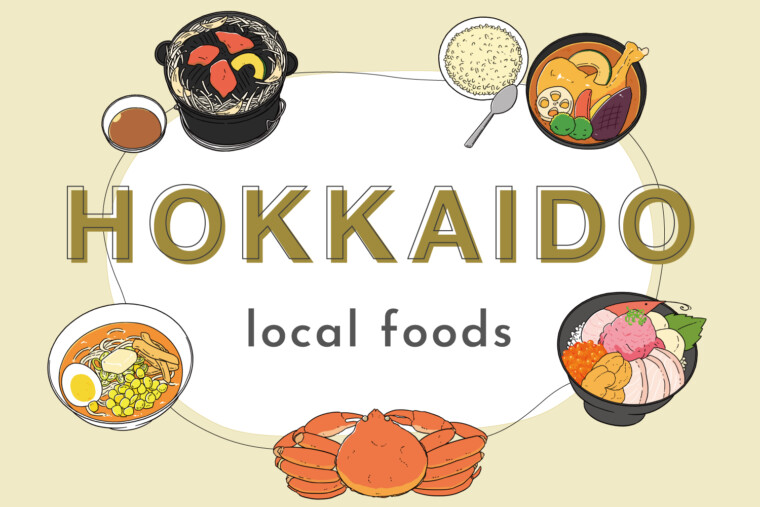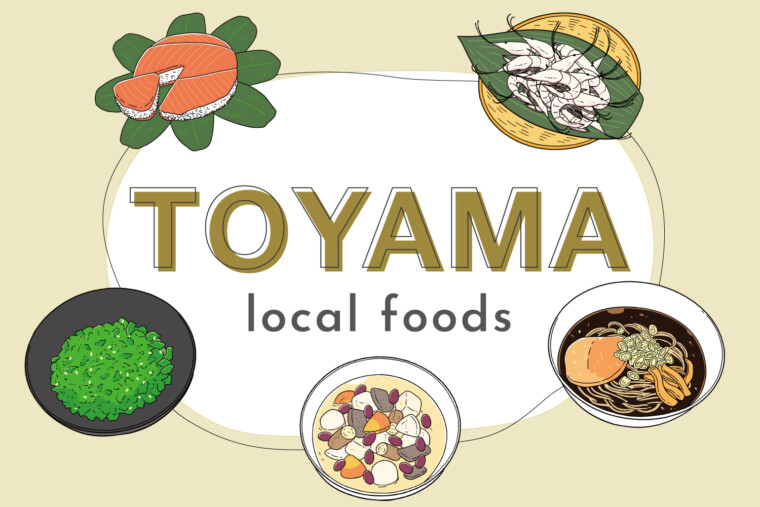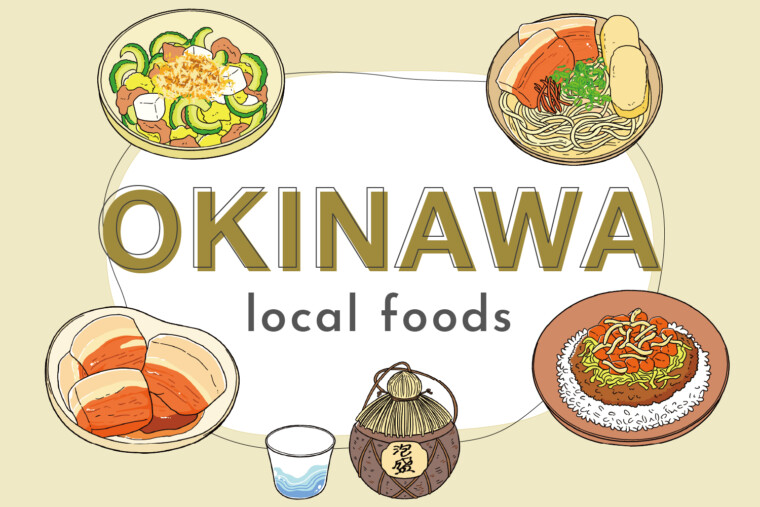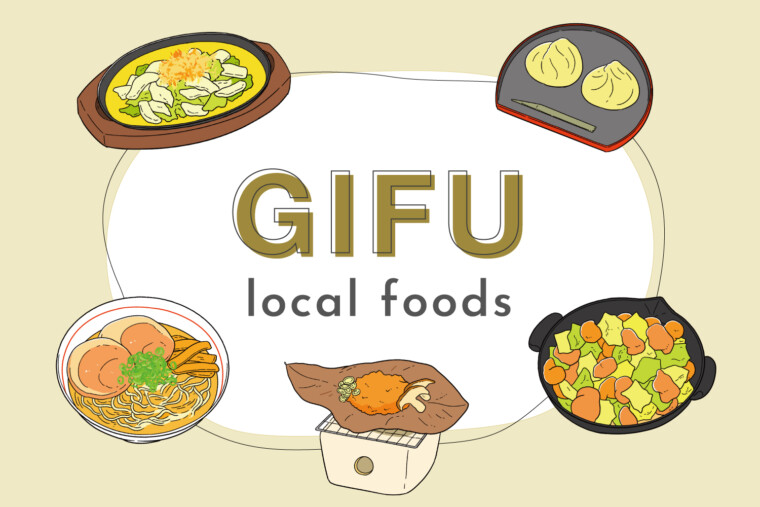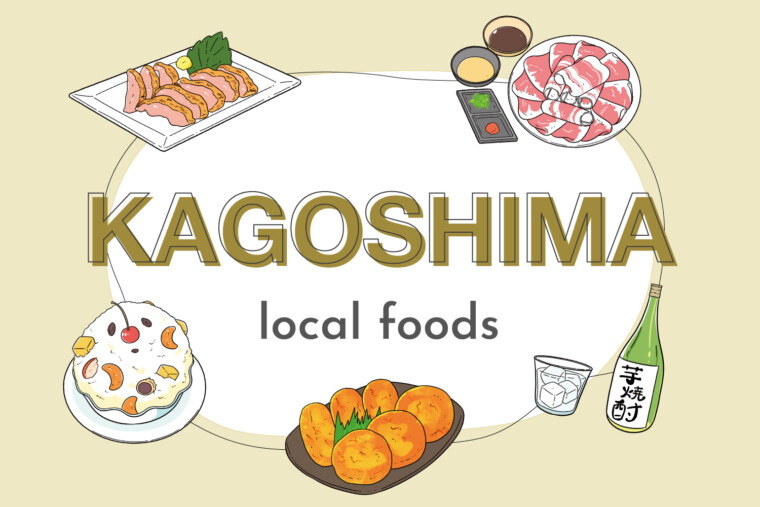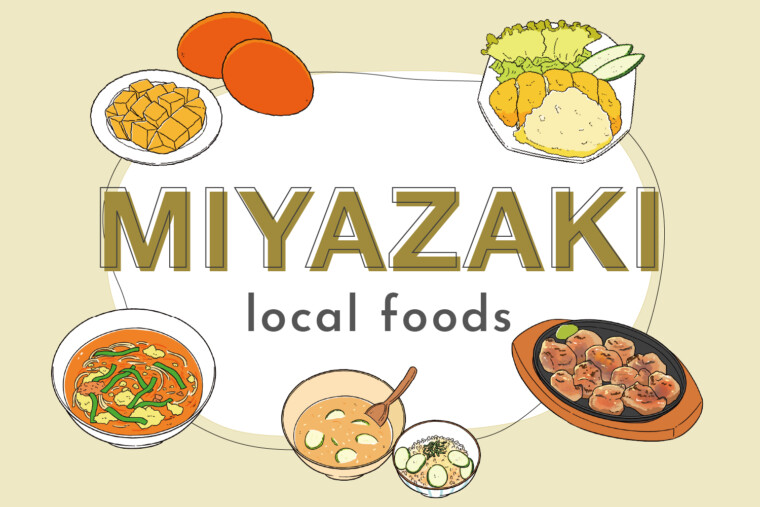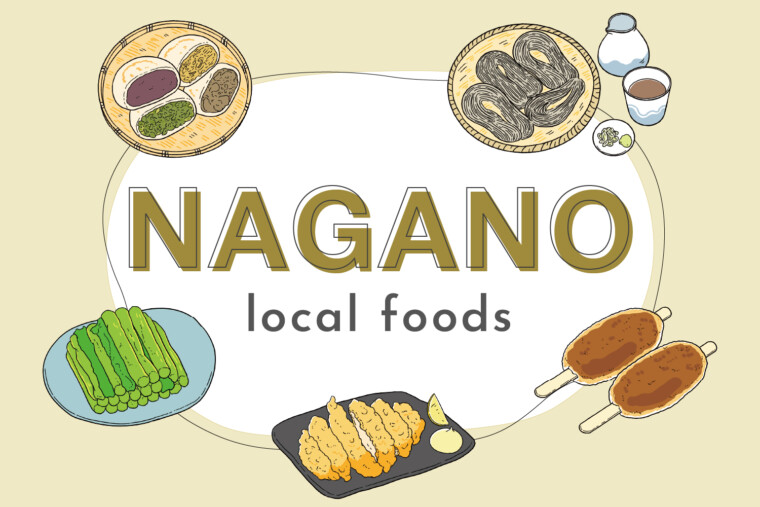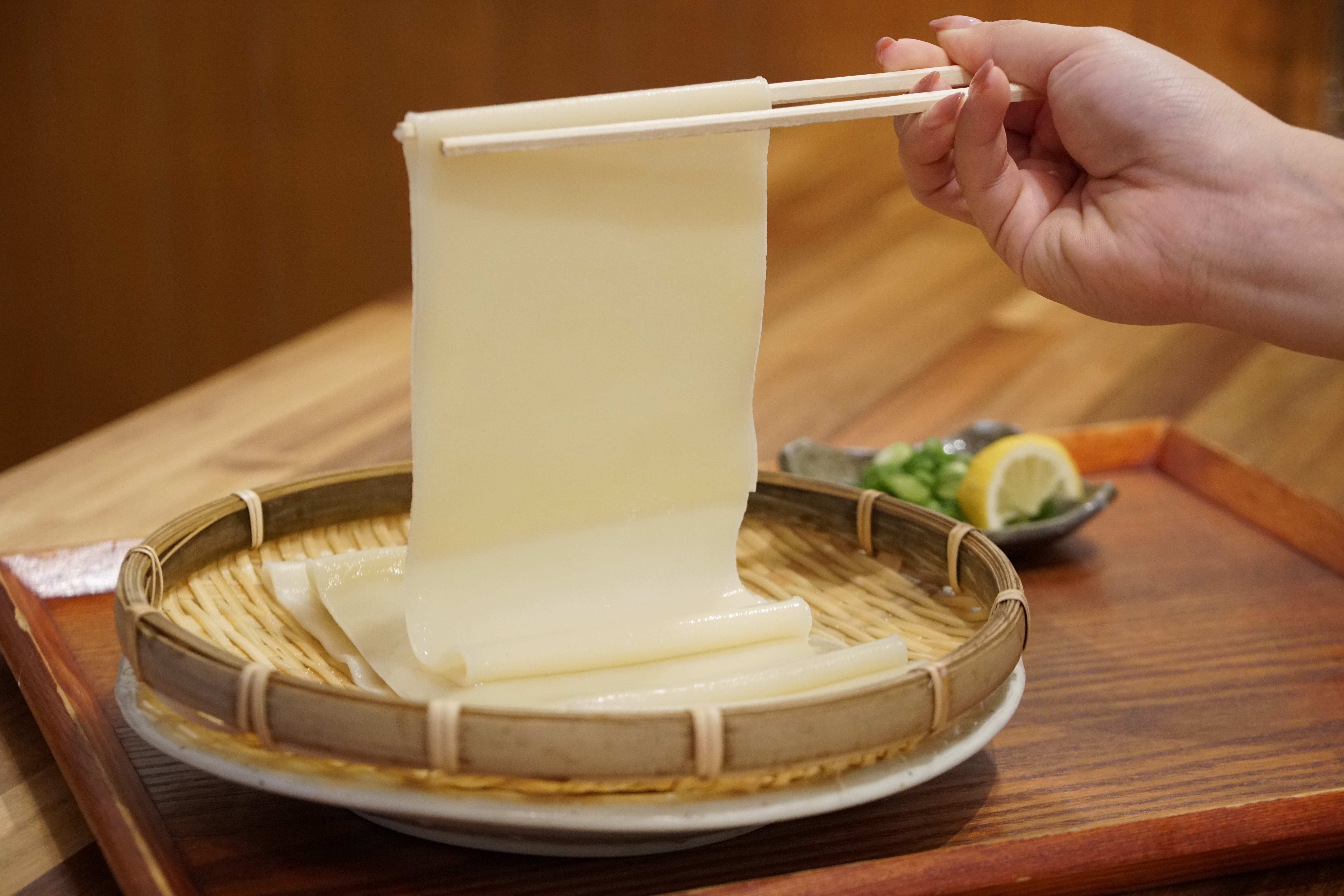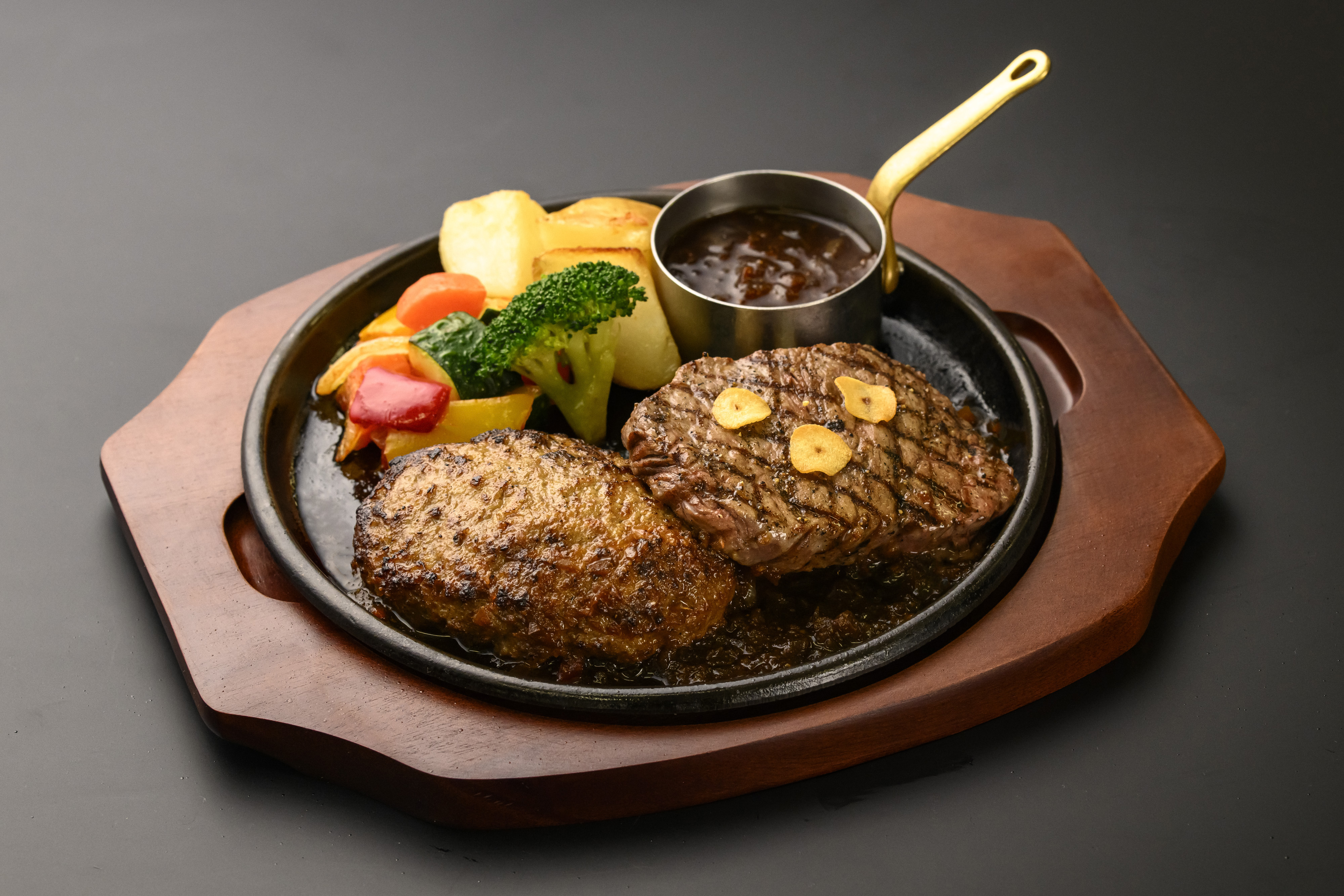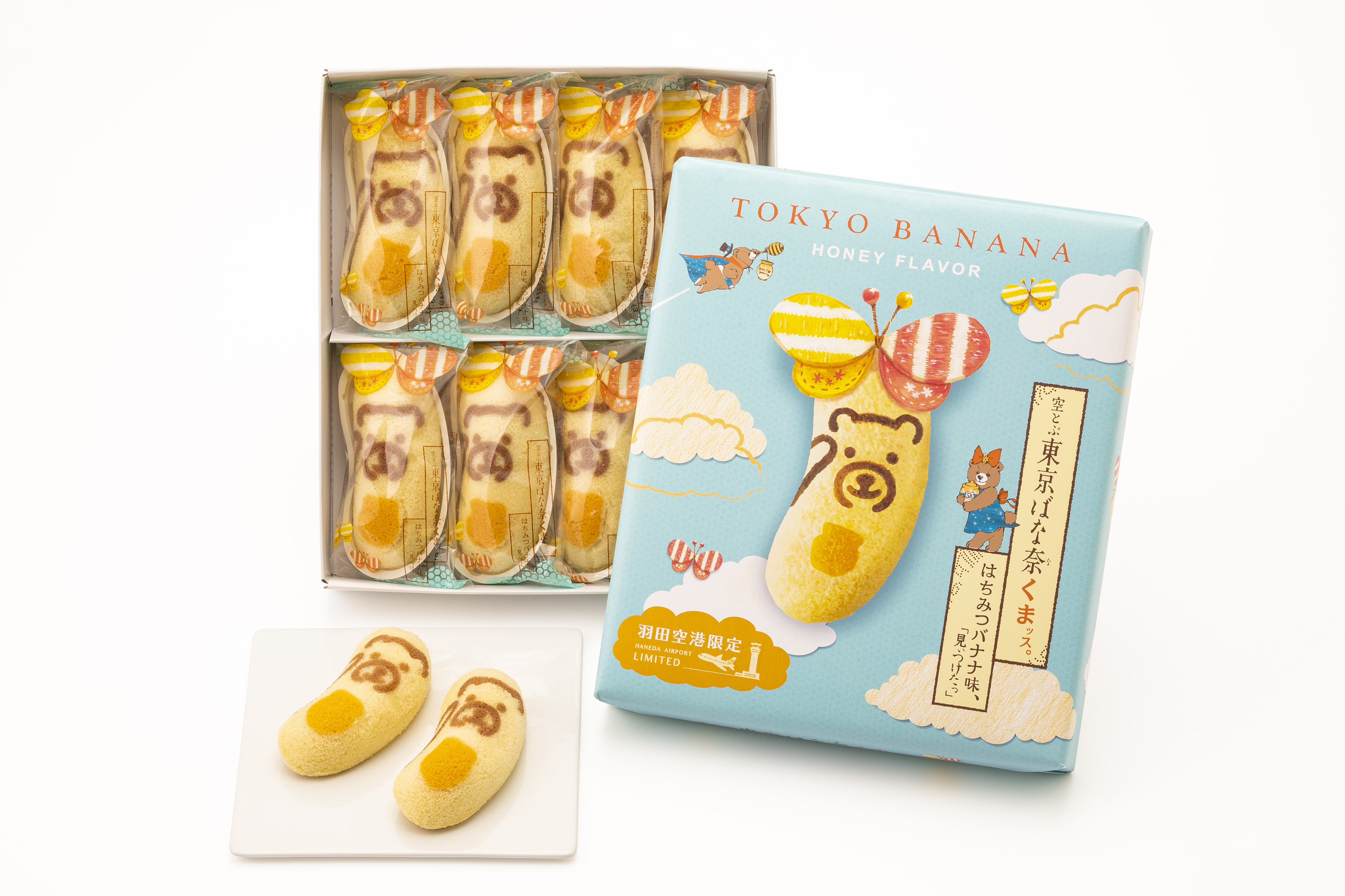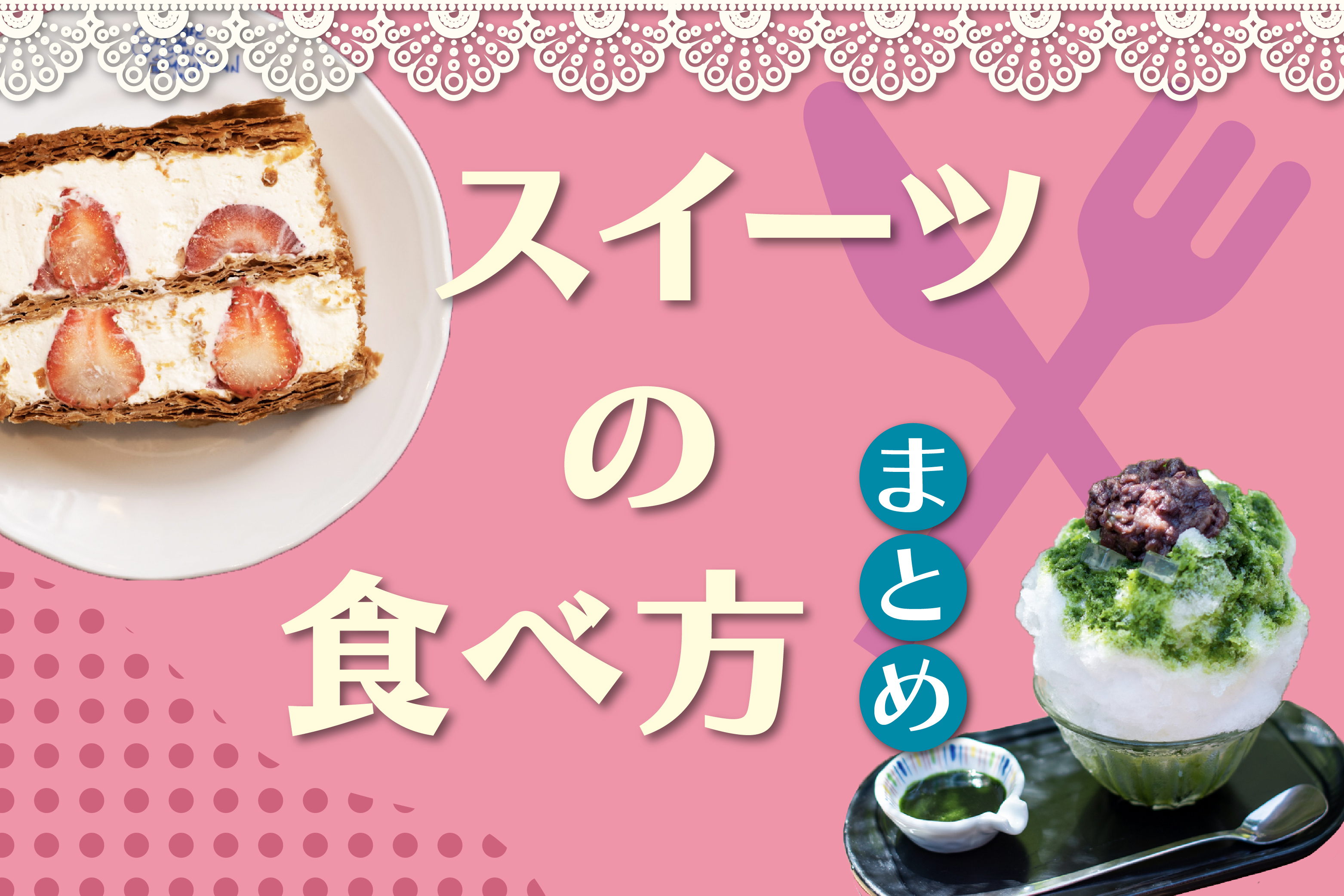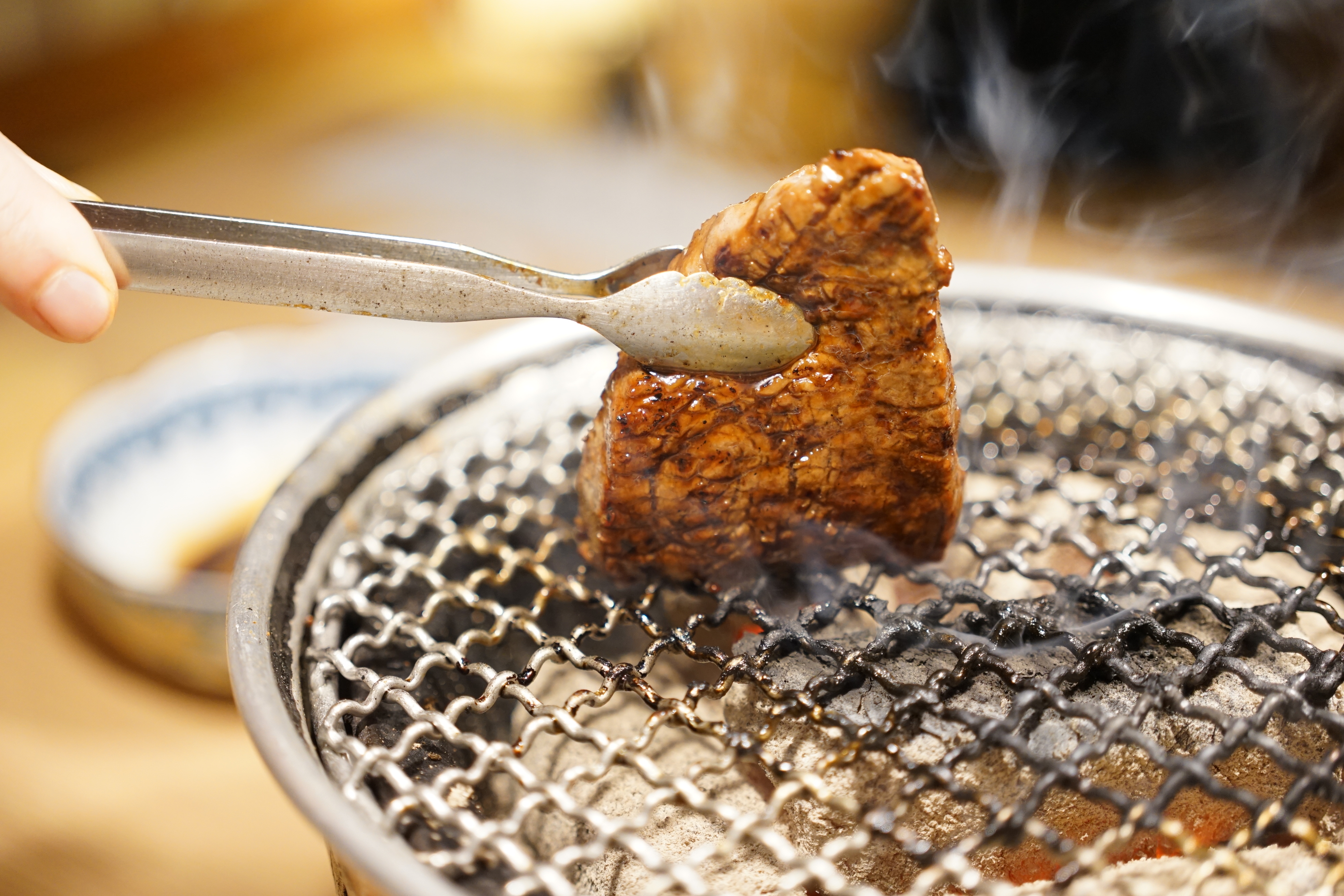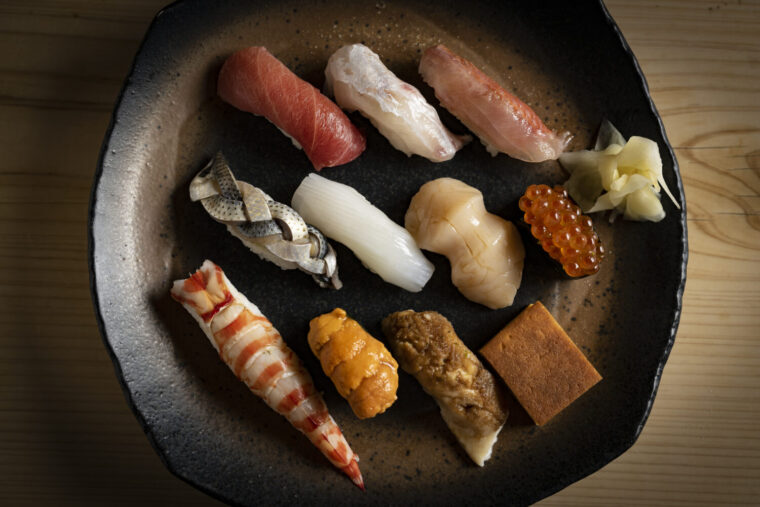
Nobeoka Menma: How Bamboo Pickles Are Saving Forests and Creating Delicious Flavors
Have you heard of the term “abandoned bamboo forests”? It refers to bamboo groves that have grown out of control due to lack of human management, and it has become a serious problem across Japan. This time, we spoke with Taro Ehara, CEO of LOCAL BAMBOO Inc. in Nobeoka City, Miyazaki Prefecture, about “Nobeoka Menma,” a project created to help solve this issue.
share:
Table of Contents
The Birth of “Nobeoka Menma”
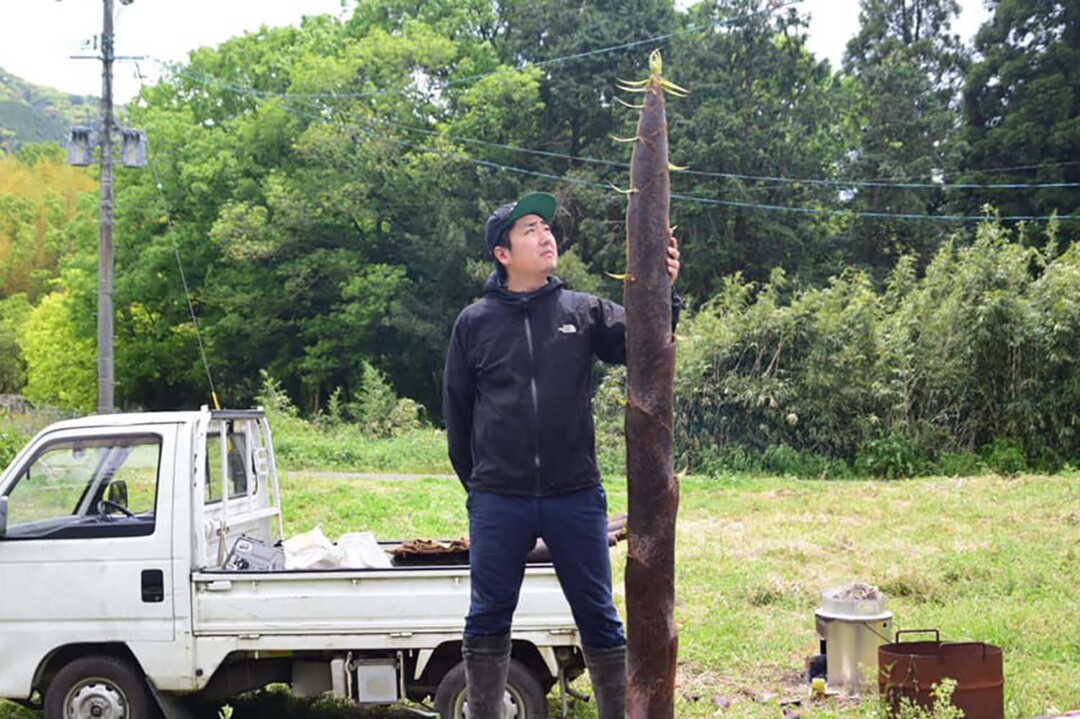
After graduating from a university in Tokyo, Mr. Taro Ehara returned to his hometown, Nobeoka City in northern Miyazaki Prefecture, at the age of 29 to take up farming. When he visited the mountain inherited from his grandparents, he was shocked to see that most of the forest had been invaded by rapidly spreading bamboo, and realized the seriousness of the abandoned bamboo forest problem.
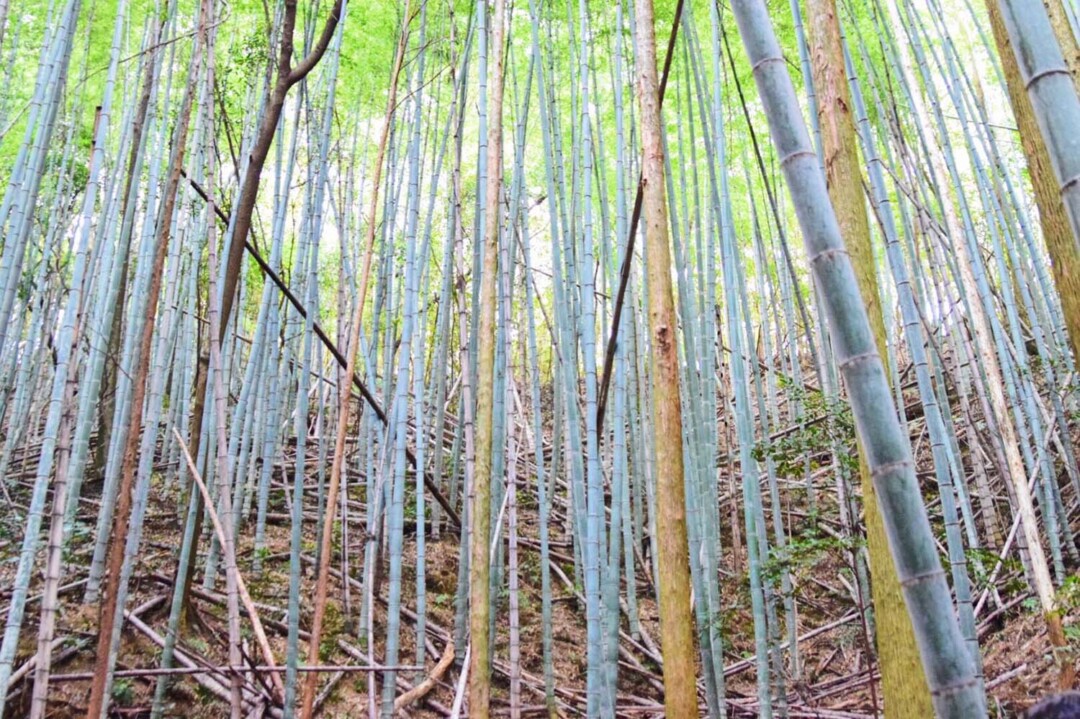
“As the saying goes, ‘as unstoppable as breaking bamboo,’ the growth rate of bamboo is extremely fast. One stalk can produce dozens of offspring, making it uncontrollable once it spreads. The damage caused by neglected bamboo forests is enormous: they block sunlight, stunt the growth of other trees, and can cause landslides. Furthermore, abandoned bamboo groves become habitats for wild animals such as boars, deer, and monkeys, leading to crop damage in mountain farming areas.”
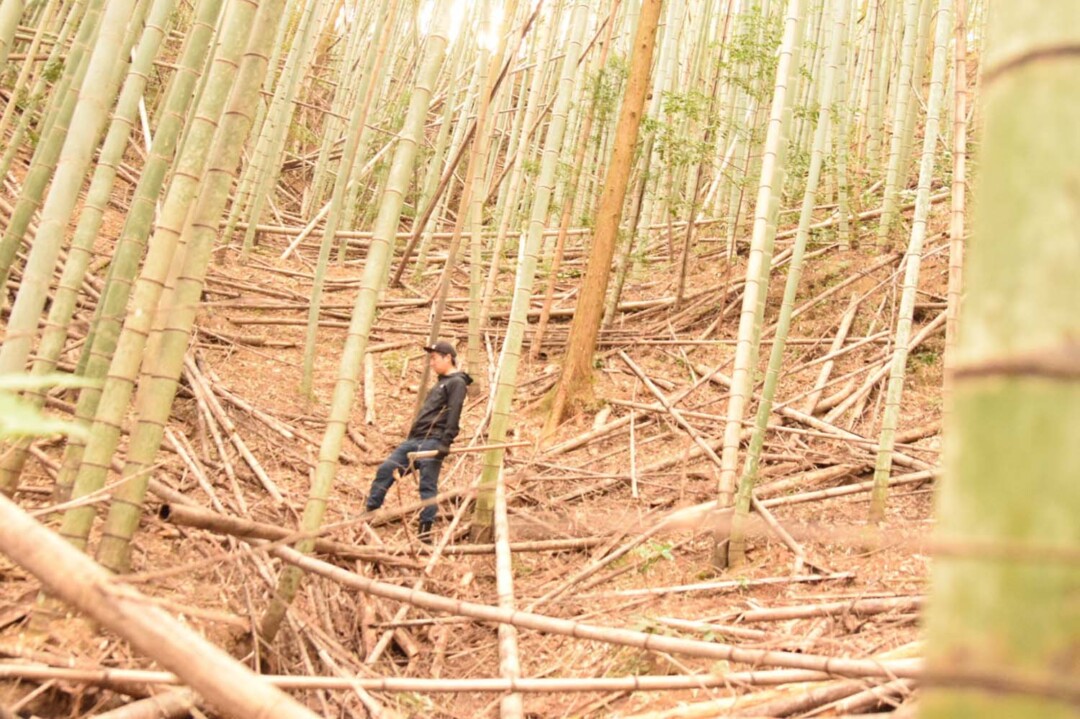
Forests cover much of Nobeoka City. Due to aging populations and a lack of successors, more and more forests were left unmanaged, worsening the abandoned bamboo problem.
“As I was about to start organic farming, I realized that solving the abandoned bamboo issue was essential both for sustaining agriculture and for the local community. I also learned that oversized bamboo shoots could be turned into menma, so I started creating my own original menma.”
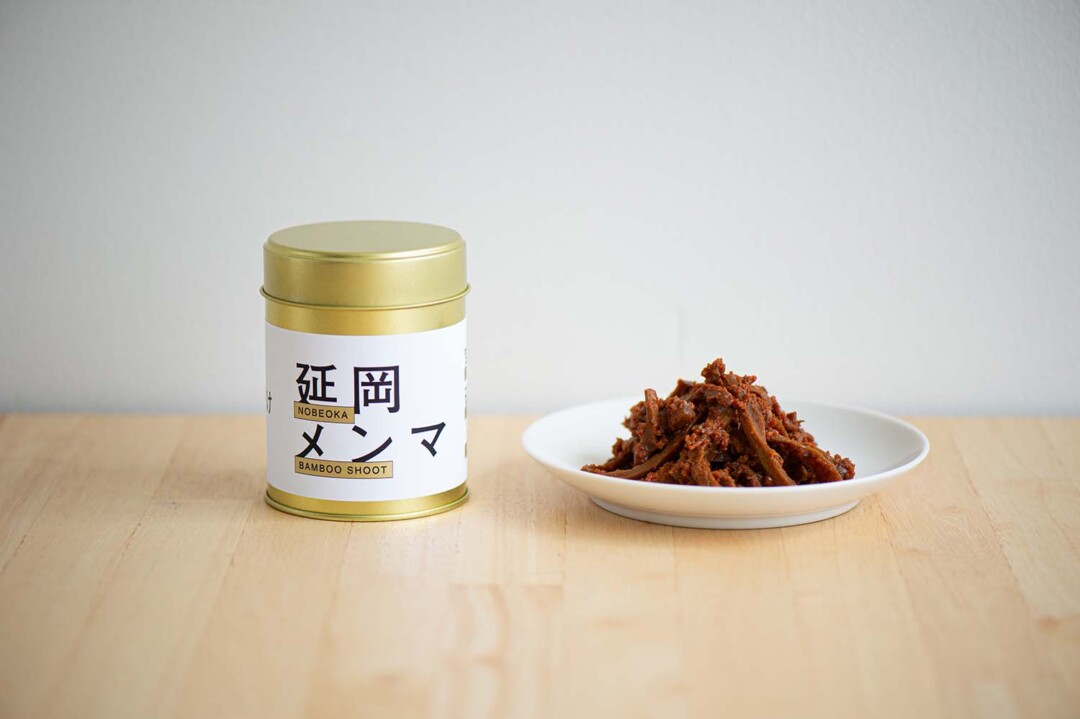
“Our statement is ‘solving problems through eating.’ Menma is a versatile ingredient that can change depending on seasoning. If we were to sell something made in Nobeoka, we wanted people to know about Nobeoka and the bamboo issue through food.”
The key was to use local flavors. They chose “Akamugi Miso” from the long-established local miso maker Watanabe Miso Soy Sauce Brewery, and “Shichimangoku Chili Pepper,” a traditional vegetable of Nobeoka, to create a spicy miso flavor.
“To make the flavor suited to the local climate, we use ingredients produced in Nobeoka. Another point was to make it pair well with staple foods such as rice, pasta, and toast, so people would consume more bamboo.”
The Impact of Menma on the Town
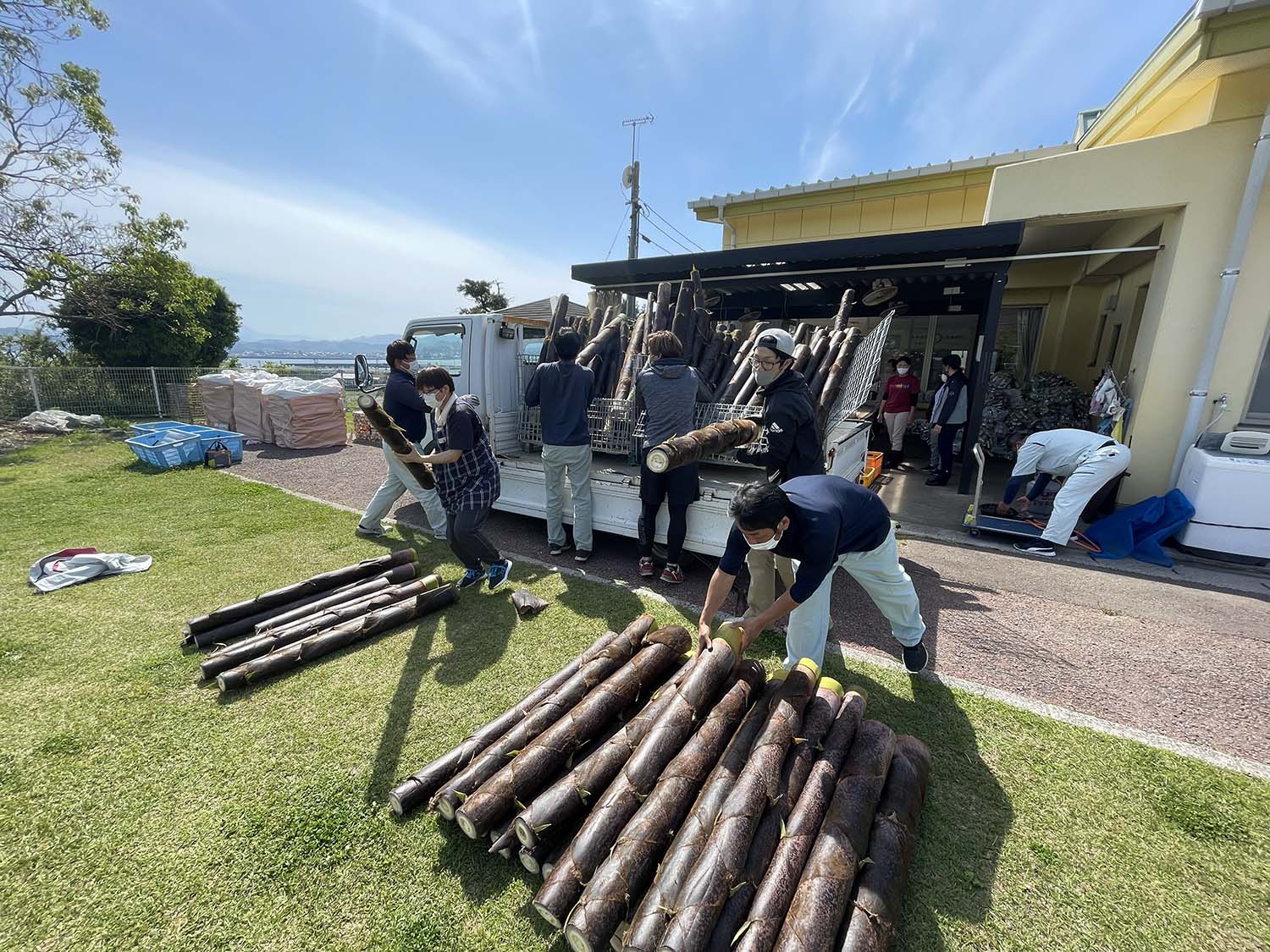
“Bamboo shoot producers in Nobeoka City had long struggled with disposing of oversized shoots that couldn’t be sold. So, we partnered with the JA Nobeoka Bamboo Shoot Division and decided to purchase them at nearly double the normal price.”
The amount of bamboo shoots brought to Ehara’s company has grown from 1 ton three years ago to 15 tons this year. Between November 2020 and the following year, about 400 kilograms of bamboo were processed and sold as “Nobeoka Menma,” equivalent to managing around 1,000 square meters of bamboo forest. Thanks to local cooperation, the abandoned bamboo problem has significantly improved.
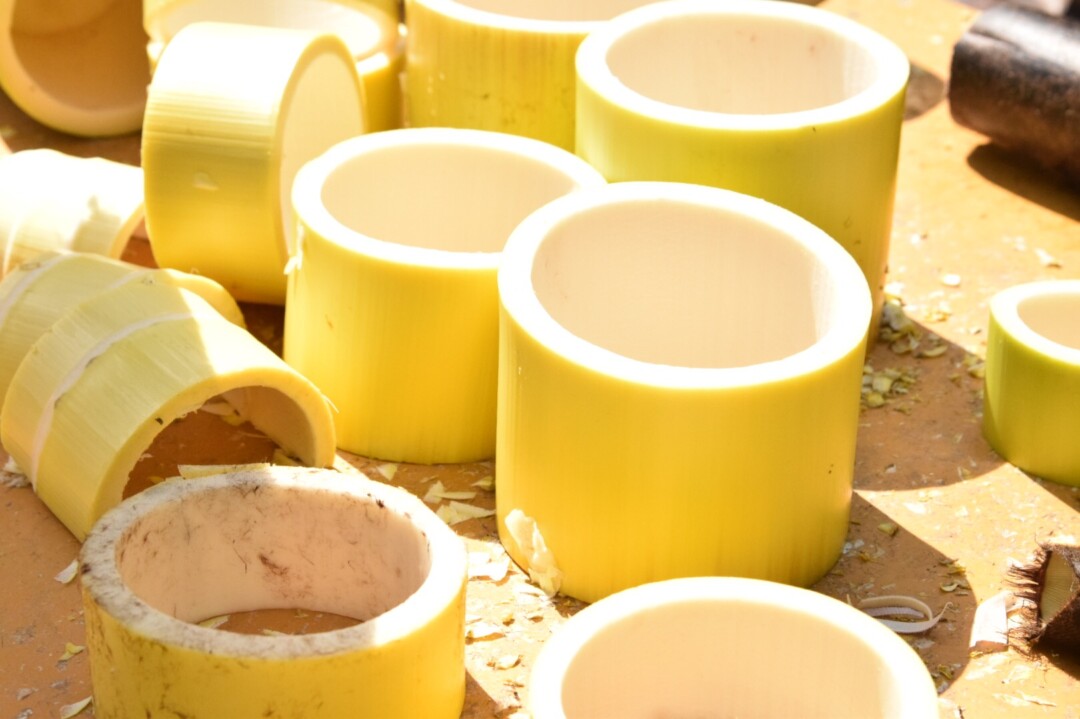

“In fact, many people don’t even know that menma is made from bamboo, and most had never heard of the abandoned bamboo forest issue. Honestly, until I returned to Nobeoka, I too thought menma was like kikurage mushrooms, despite eating so much ramen! Currently, we provide unseasoned menma for school lunches at 13 schools in Nobeoka City, and we also visit schools to give food education lectures about menma using classroom screens. The fastest way to get people interested is by having them taste it—once they experience it as ‘delicious,’ it becomes a reason to support Nobeoka Menma.”
Promoting Domestic Menma
In 2021, Nobeoka Menma was selected for ANA’s international first-class in-flight meals.
Similarly, “Kawagoe,” an authentic sweet potato shochu from Miyazaki, became so popular it was hard to obtain after being served in JAL’s domestic first-class from 2002 for several years. This left a strong impression on Ehara at the time.
“Menma is often considered cheap and just a side dish for ramen or drinks. That’s why I thought offering it in a premium setting like first class could change its image. We pitched the idea to ANA, and they sympathized with our vision. They not only adopted it but also included a description in the menu: ‘Nobeoka Menma, solving the abandoned bamboo forest problem.’”
This inspired them to actively promote Nobeoka Menma overseas as well.
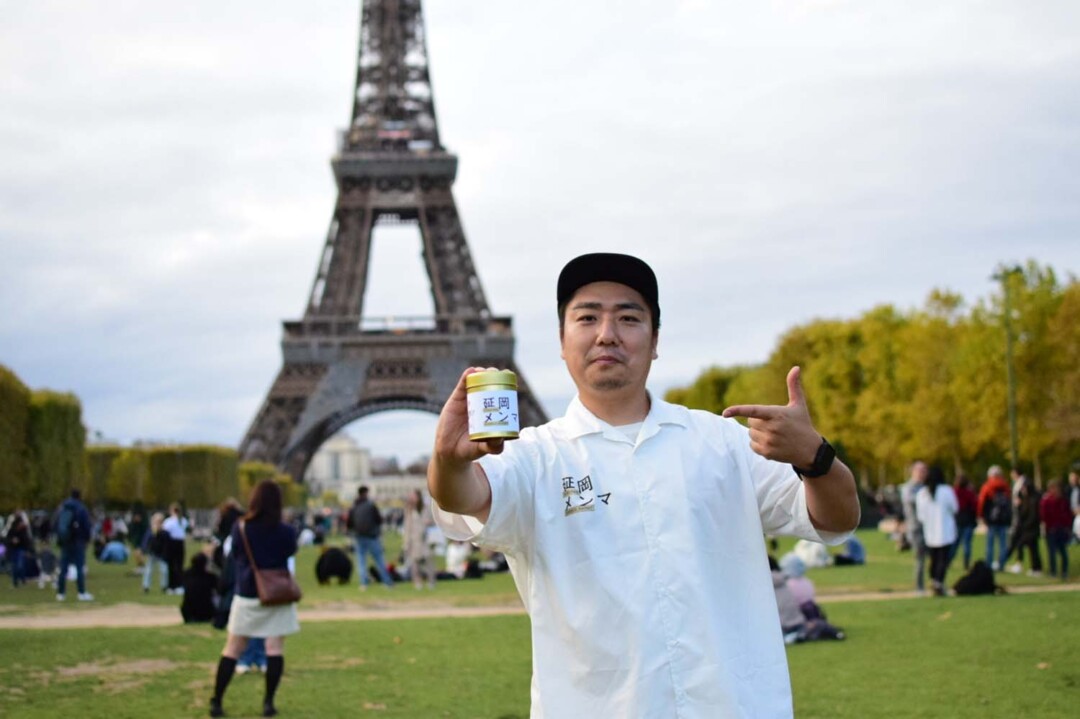
“Last year, I went to Paris for business meetings and market research. Since ramen is becoming more popular abroad, I thought it was a chance to introduce domestic menma to the world.”
Most menma distributed in Japan is imported from China or Taiwan. To differentiate Nobeoka Menma from Chinese imports, Ehara conducted component analysis.
The results showed that Nobeoka Menma contained seven times more glutamic acid (the source of umami) and 9.6 times more richness than Chinese menma. This gave them confidence in the absolute quality of domestic menma and further fueled their efforts.
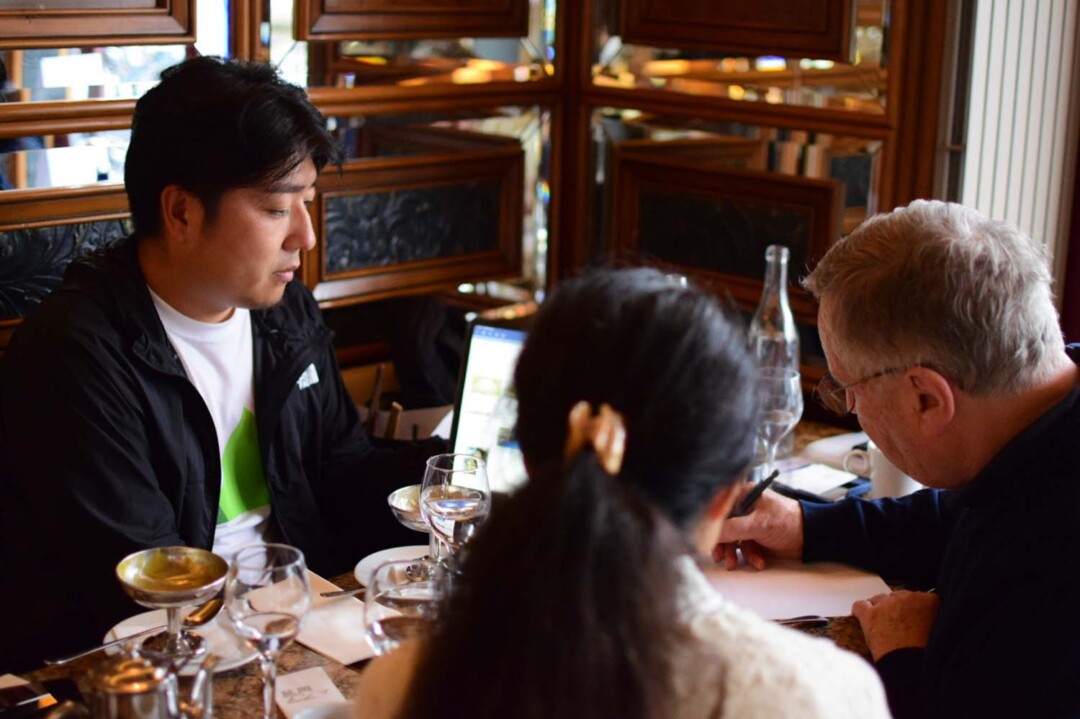
“When introducing menma abroad, we always explain the story behind it. Our company collaborates with three welfare organizations, producing products together with people who have physical disabilities. Since everyone has different strengths, we divide tasks to make it possible for everyone to contribute. It’s not just about eating bamboo to solve the problem—it’s also about sharing the story of who is involved and why they are part of menma production.”
The Future of Nobeoka Menma
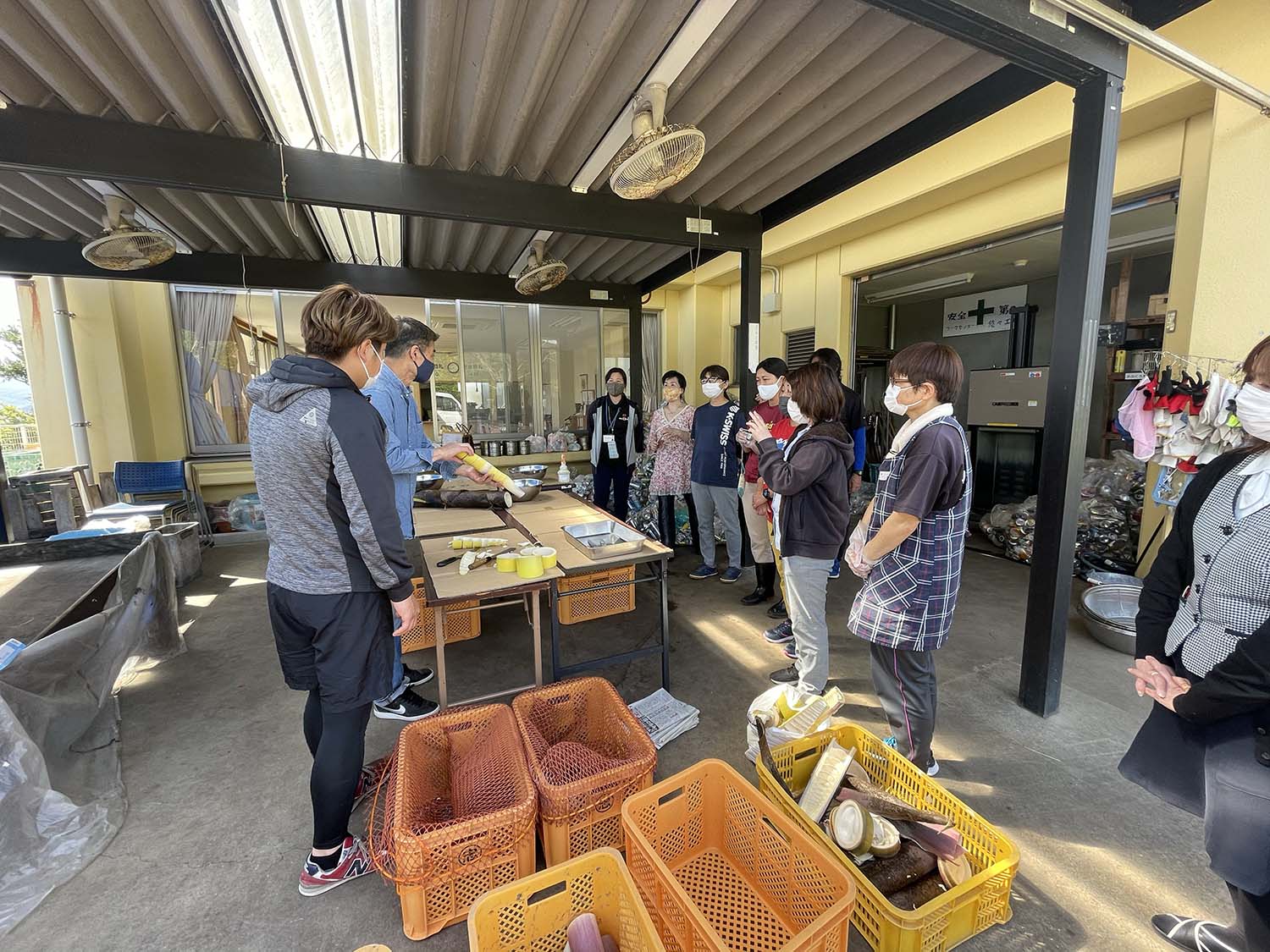
“In the near future, I want to start a ‘Craft Menma’ movement.
The abandoned bamboo problem exists not just in Nobeoka but all over Japan. With the knowledge and techniques we’ve gained through Nobeoka Menma, we collaborate with others facing the same challenges to develop new products. By creating craft menma rooted in local ingredients and traditions, we aim to improve the natural environment together.”
Under Ehara’s supervision, Taragi Town in Kumamoto Prefecture, known as the top rice-producing area in western Japan, developed “menma for rice balls” using local ingredients, available in plum and yuzu-miso flavors. Ehara says he hopes to continue such initiatives actively in the future.
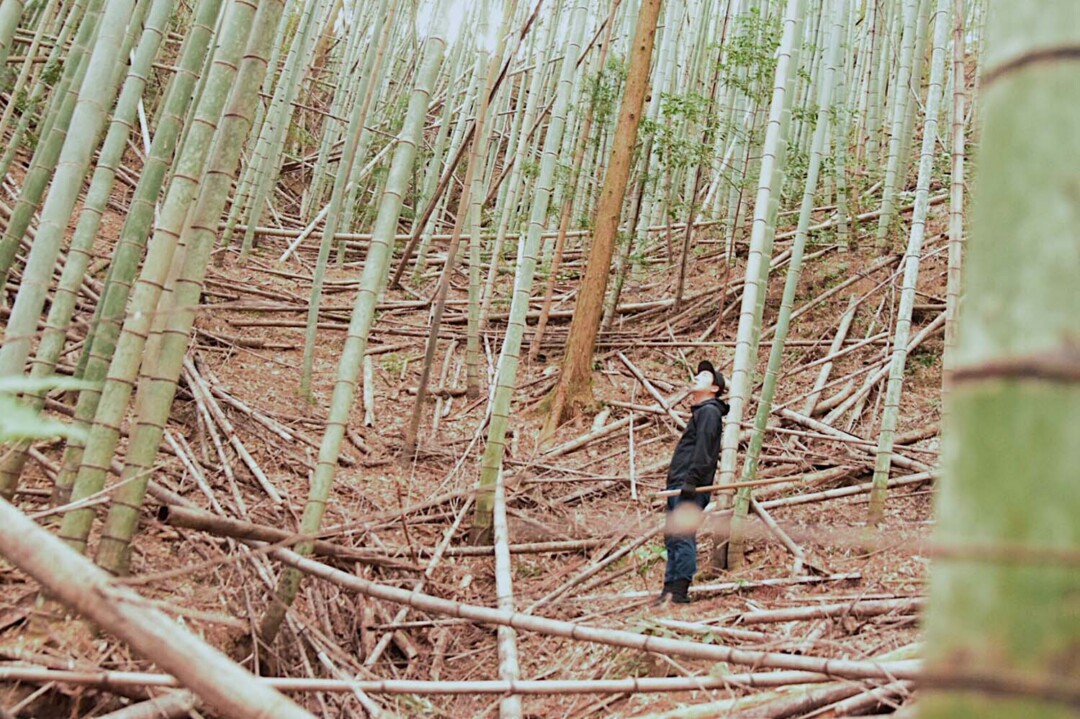
“If domestic menma gains recognition, more people in Japan and abroad will engage in similar efforts. Entering overseas markets would significantly increase consumption. It would even be ideal if demand grew so much that domestic bamboo supplies couldn’t keep up. With strong strategies, branding, and active sales, I believe the primary industry can move in a better direction.”
Delicious Ways to Eat Nobeoka Menma
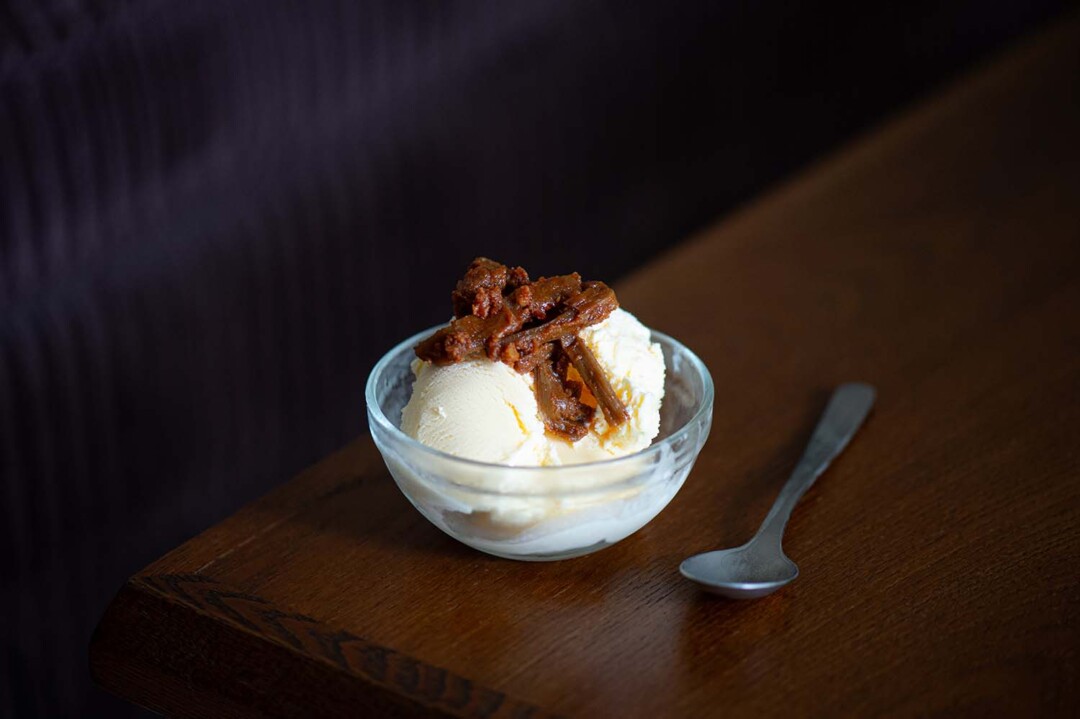
Finally, Ehara shared two delicious ways to enjoy Nobeoka Menma.
The first is “menma ice cream,” which has become popular with many people. Spicy miso-flavored menma is added to vanilla ice cream. The contrast of sweetness and spiciness is truly addictive!
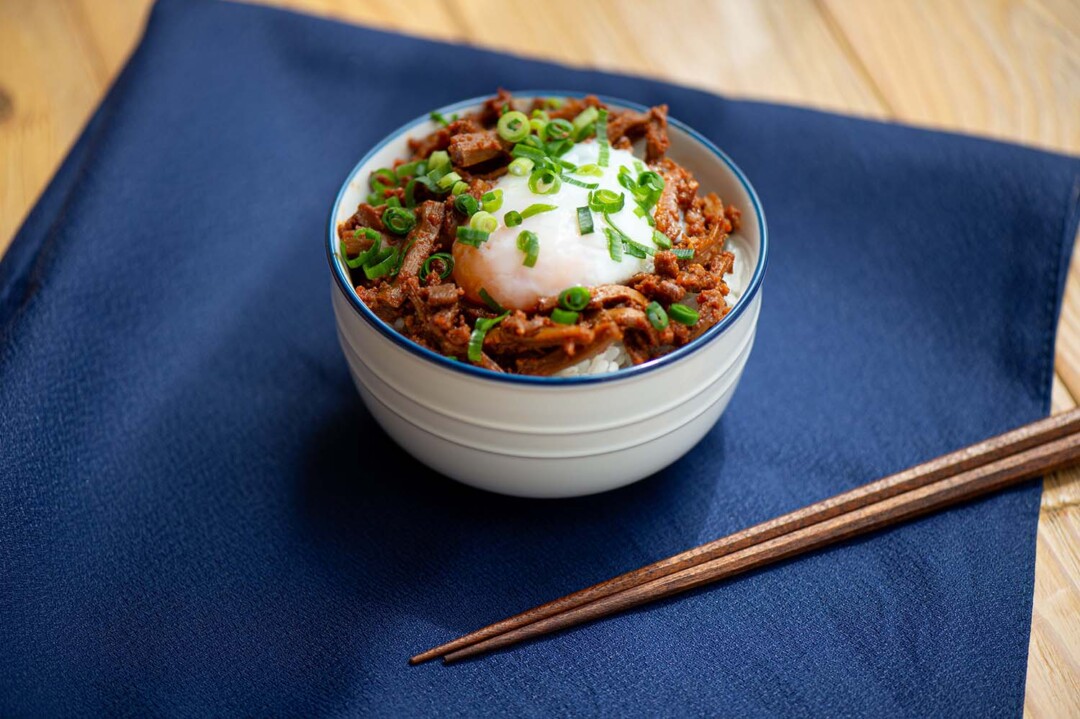
The second is Ehara’s recommendation: “menma rice bowl.”
Simply place spicy miso menma on rice. It makes rice irresistible, and if you top it with a hot spring egg, the creaminess enhances the dish, making it feel like a gourmet meal despite its simplicity!
The official Nobeoka Menma website also introduces recipes such as menma toast and menma carbonara. Next time you want to add something new to your meals, why not try a dish using Nobeoka Menma? Your appetite will help protect the forest!
Born in Nobeoka City, Miyazaki Prefecture. After graduating from Tokyo University of Agriculture, he returned to his hometown of Nobeoka at the age of 29 to begin farming. He is now the CEO of LOCAL BAMBOO Inc., where he leads sustainable business initiatives such as product development that utilizes bamboo as a local resource.
*The information is based on the time of reporting or creation, and may differ from the current situation.
tags:
share:










